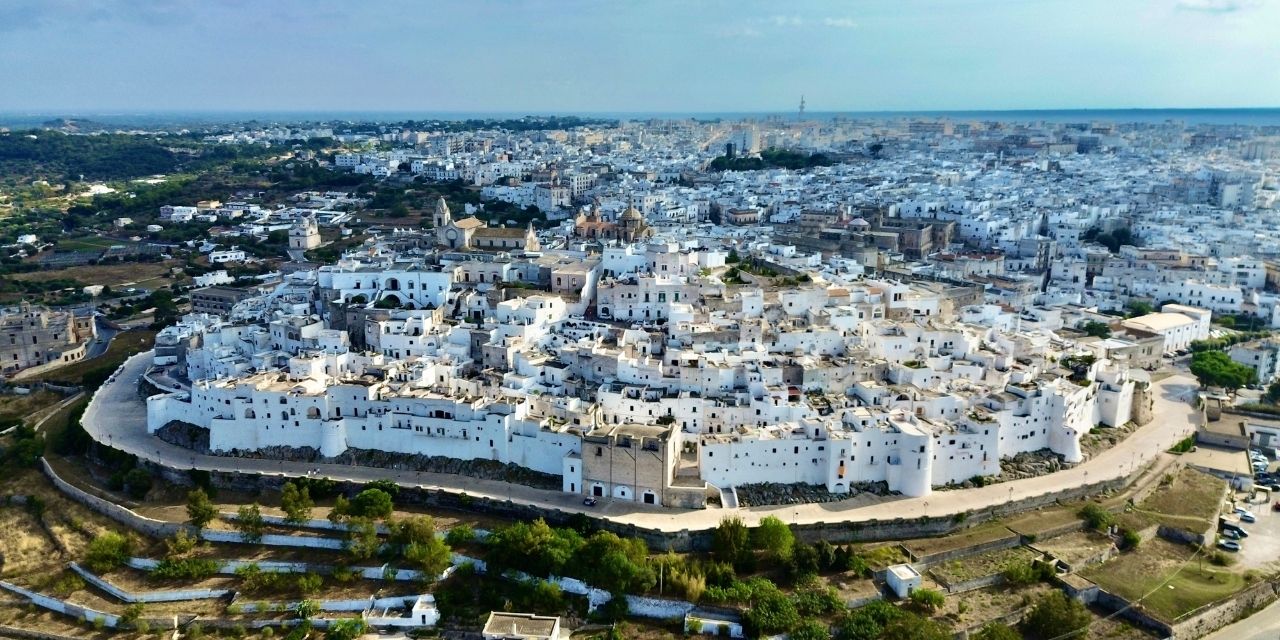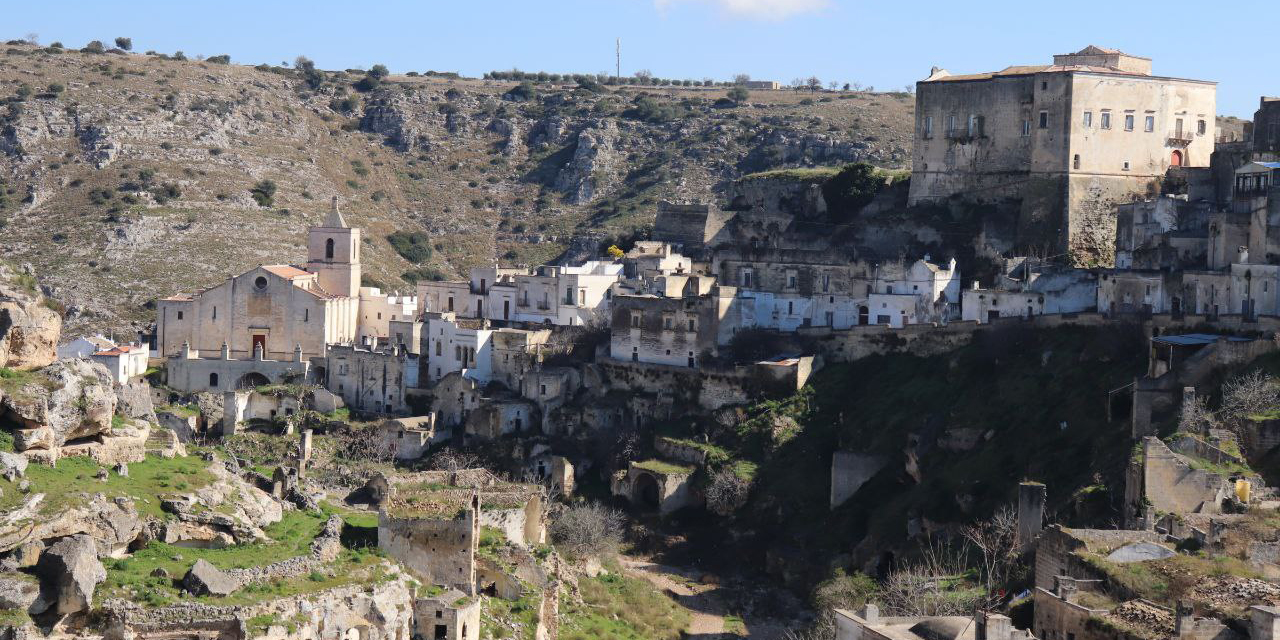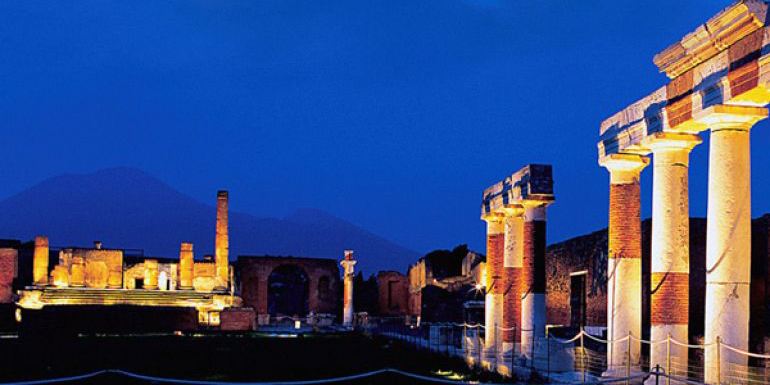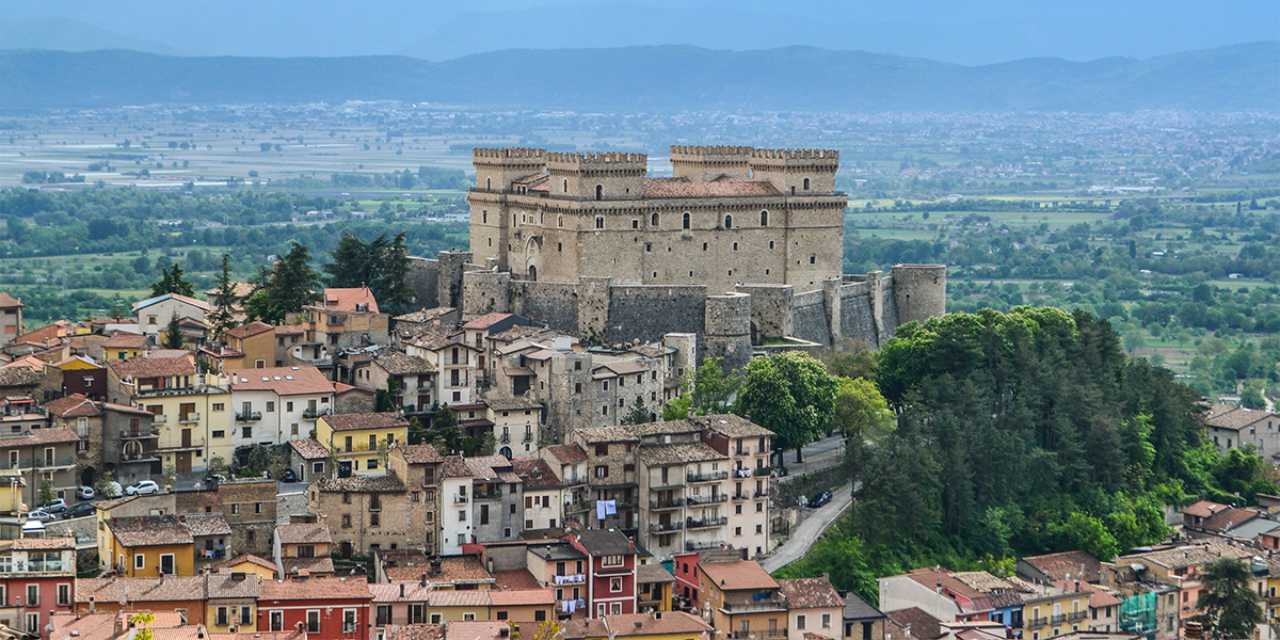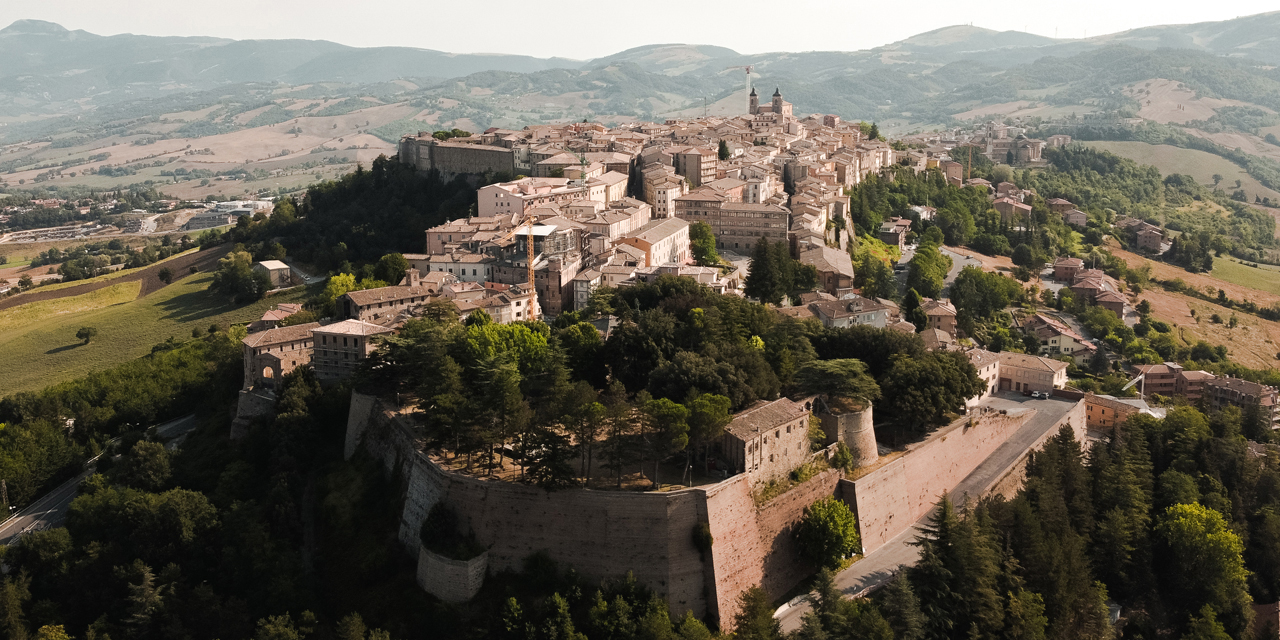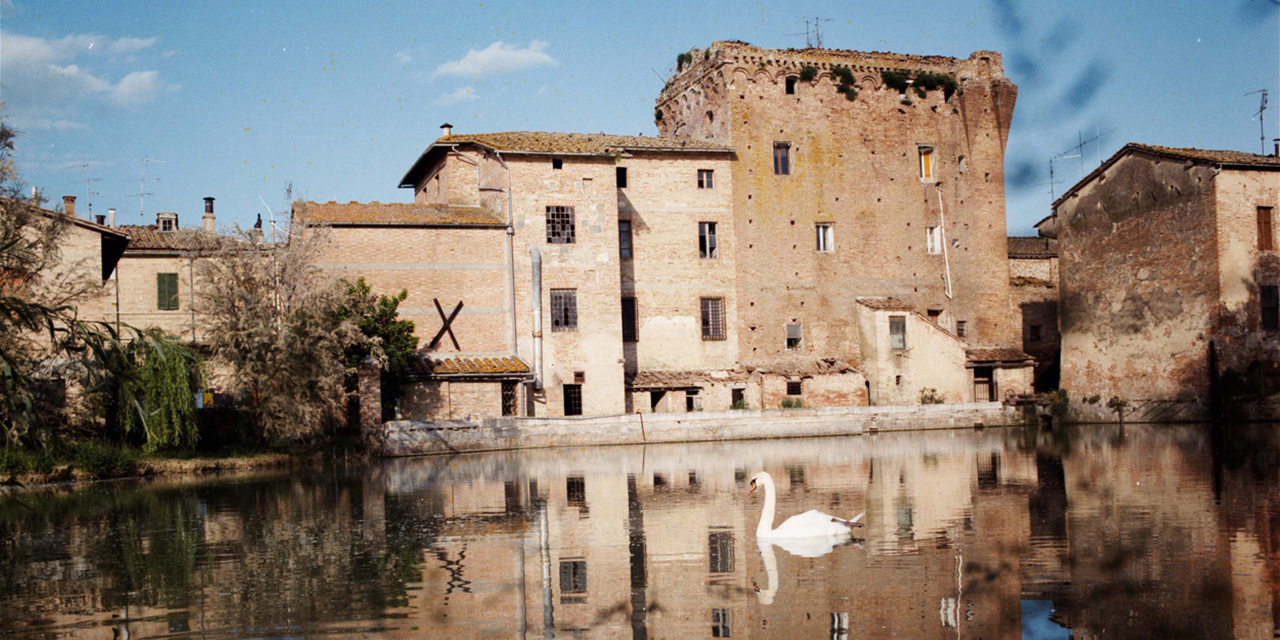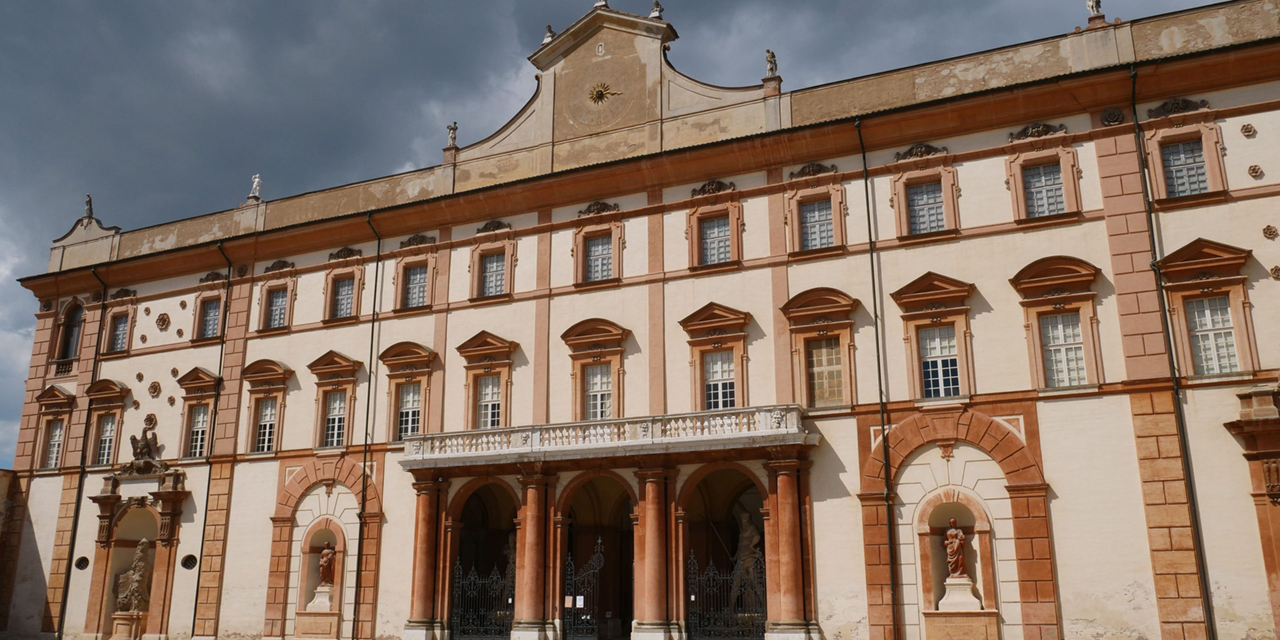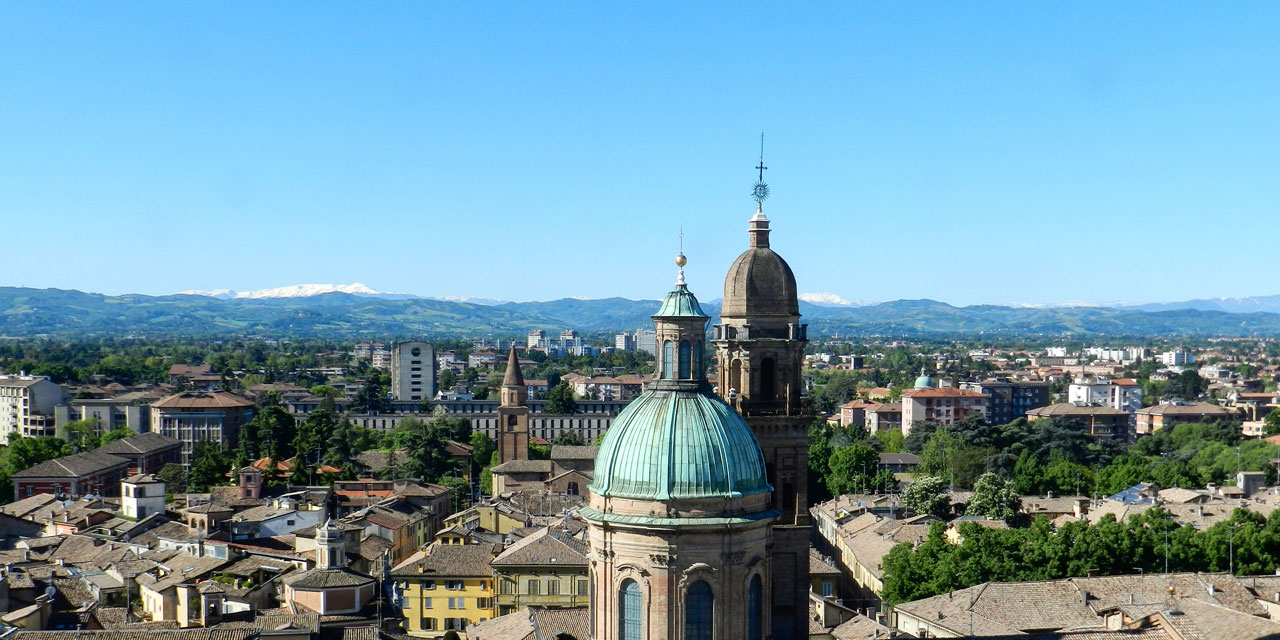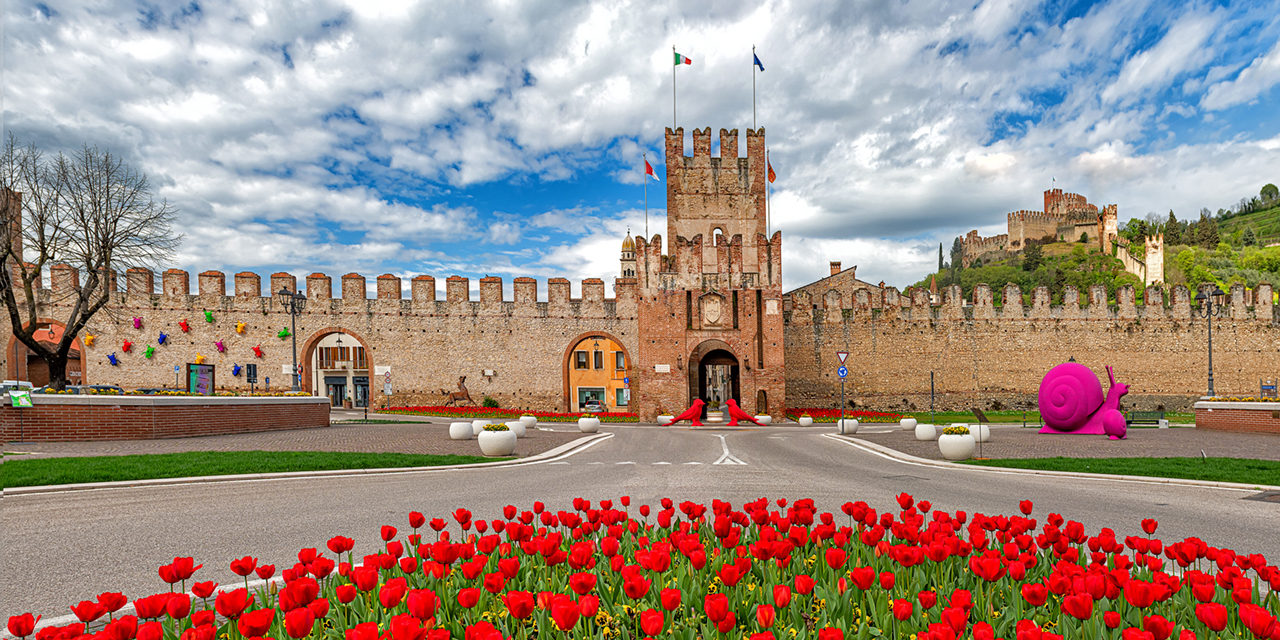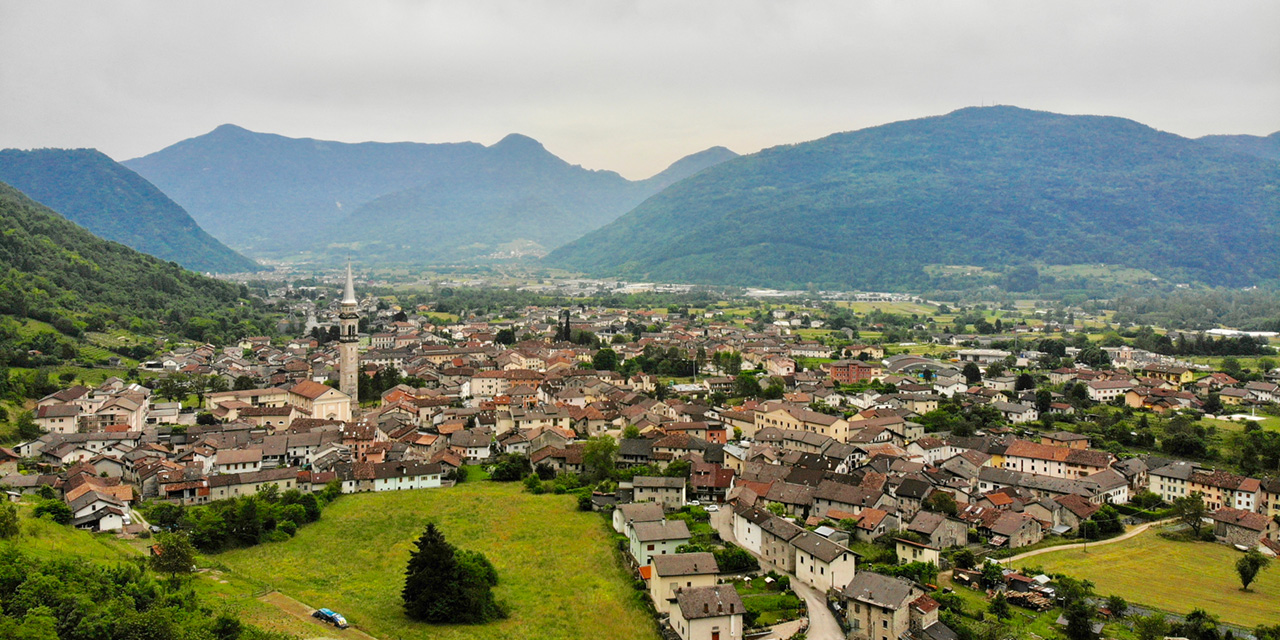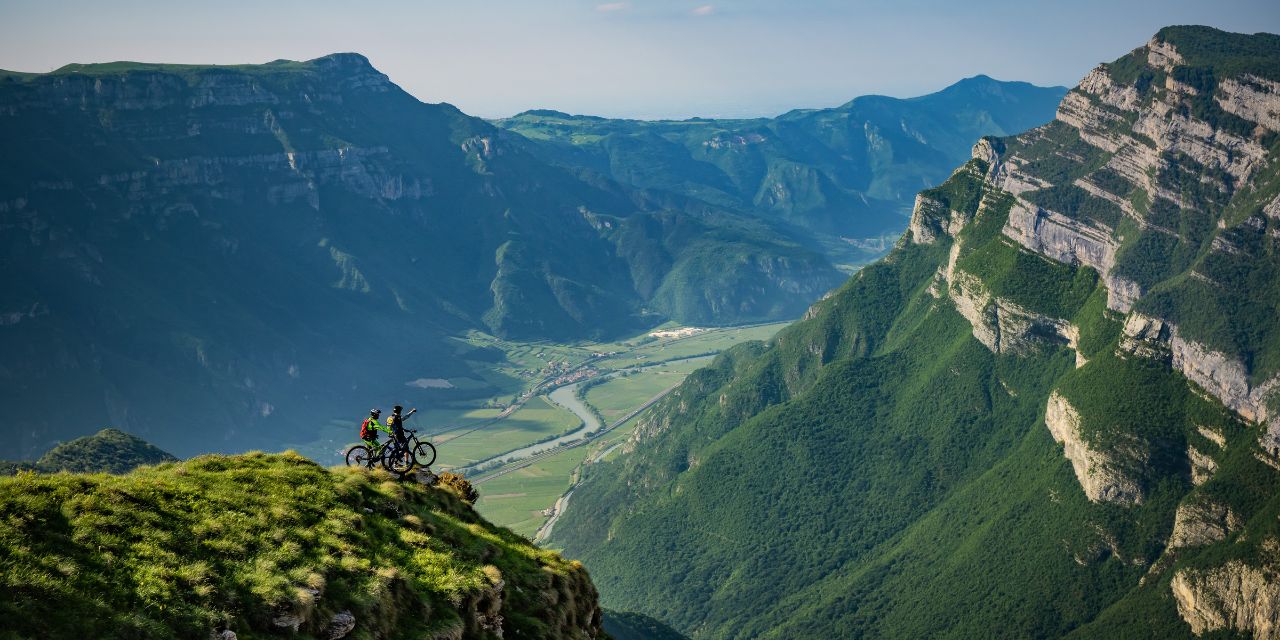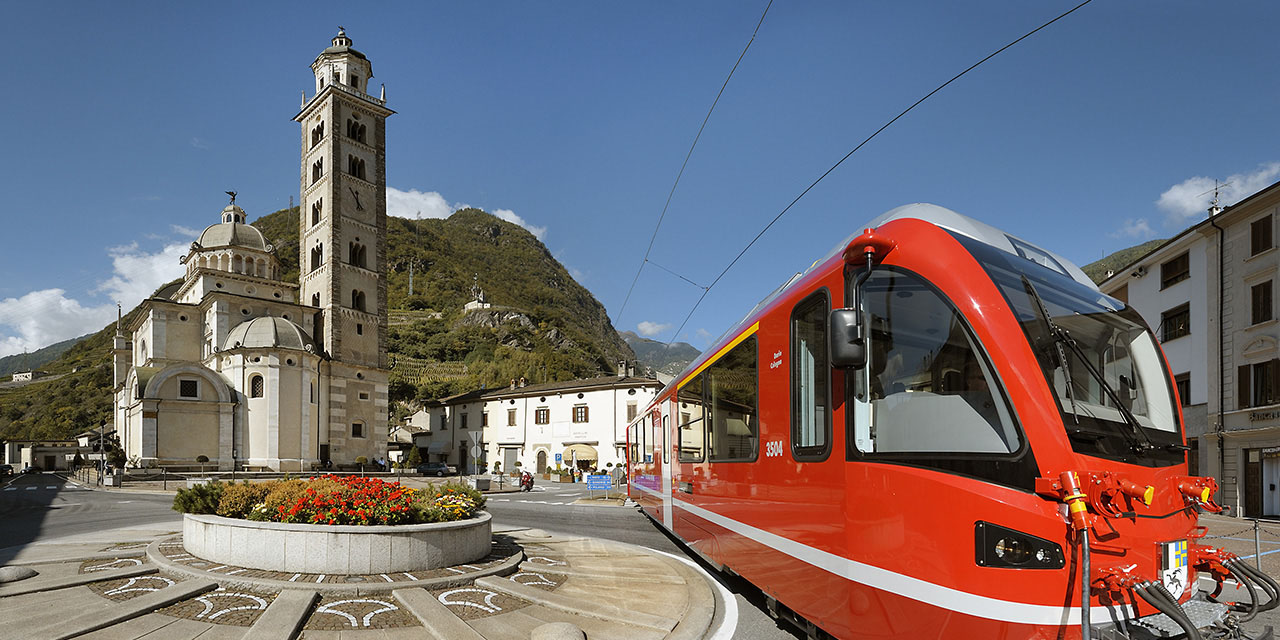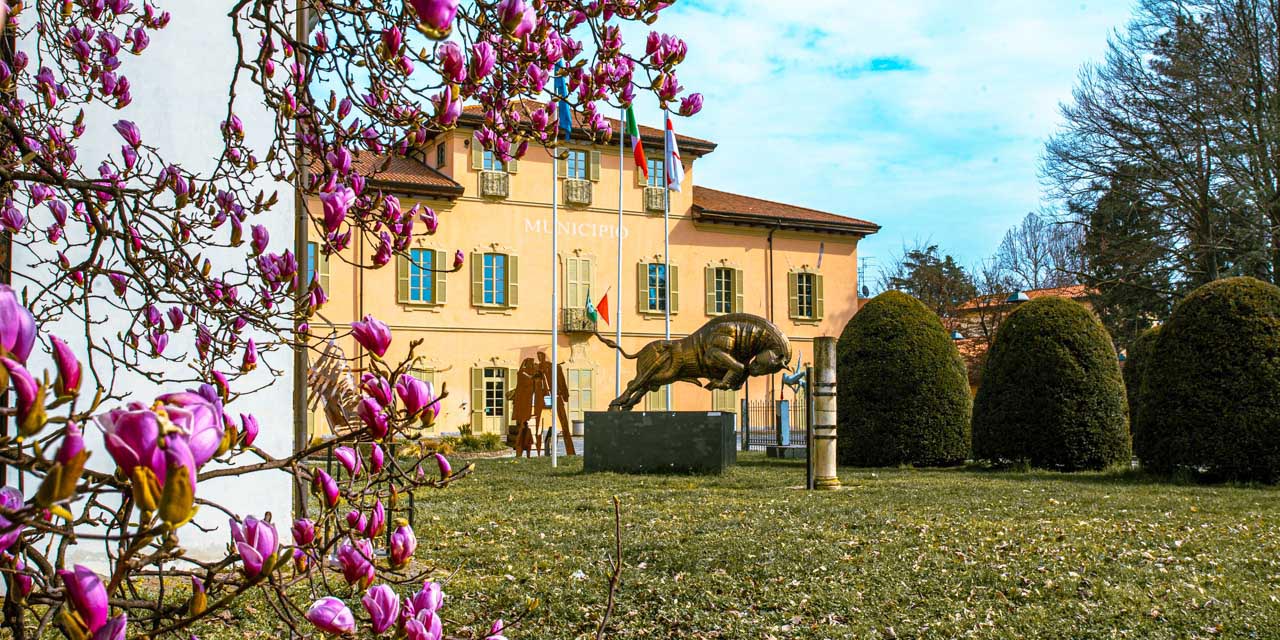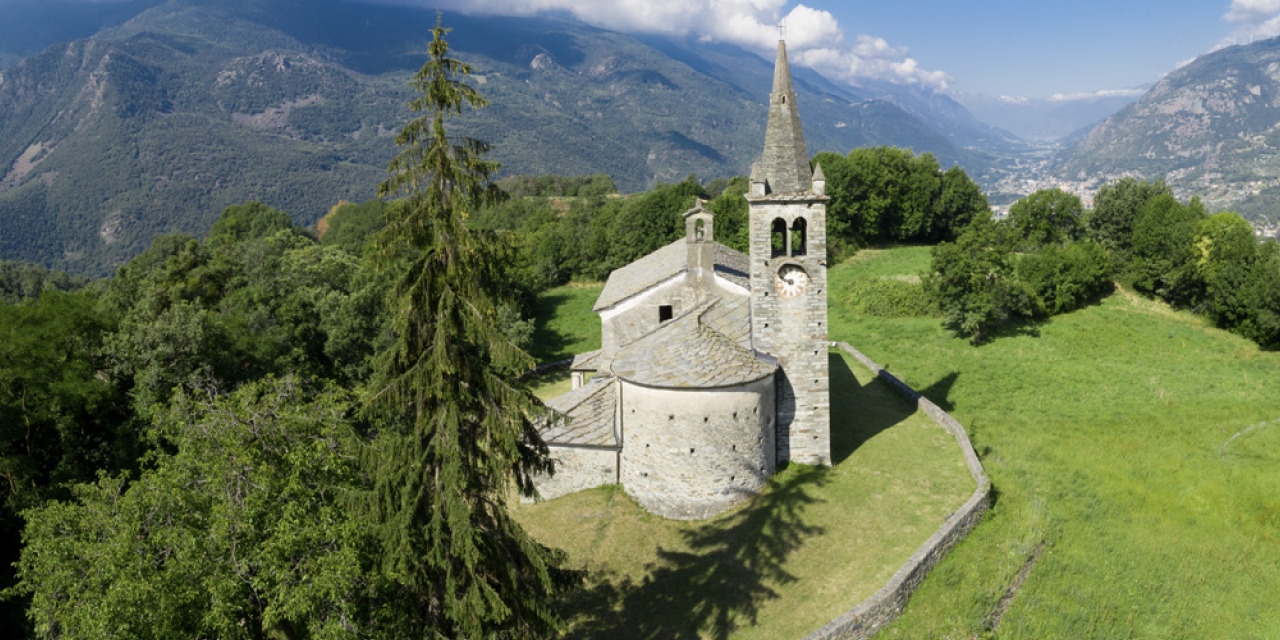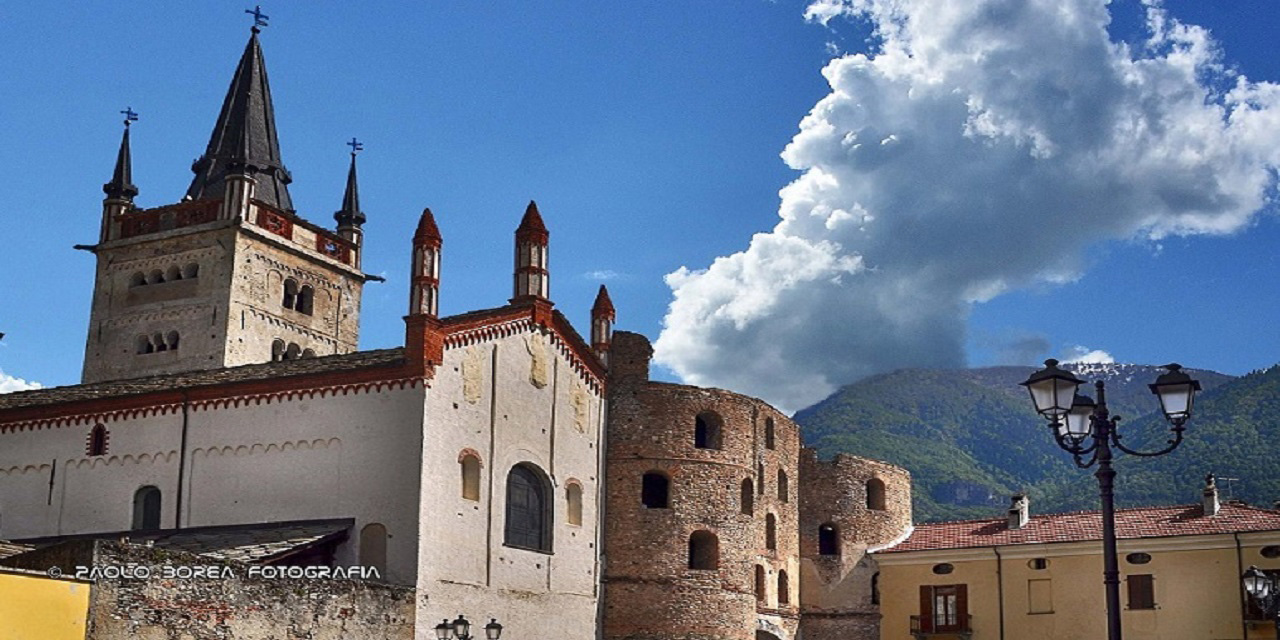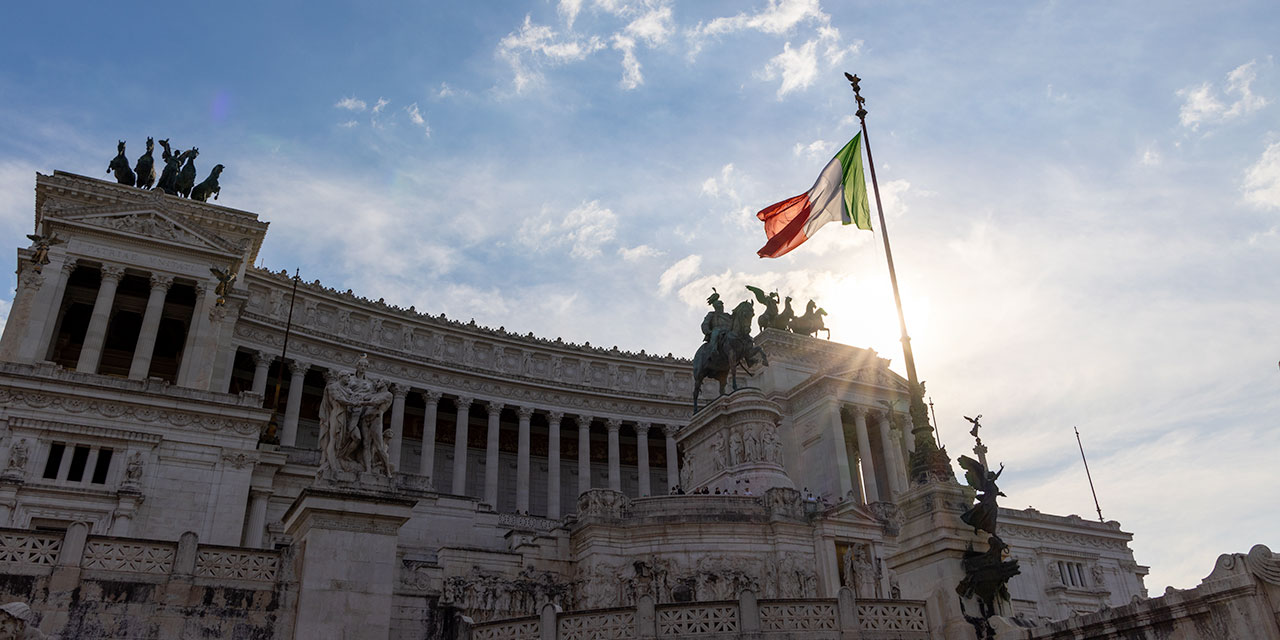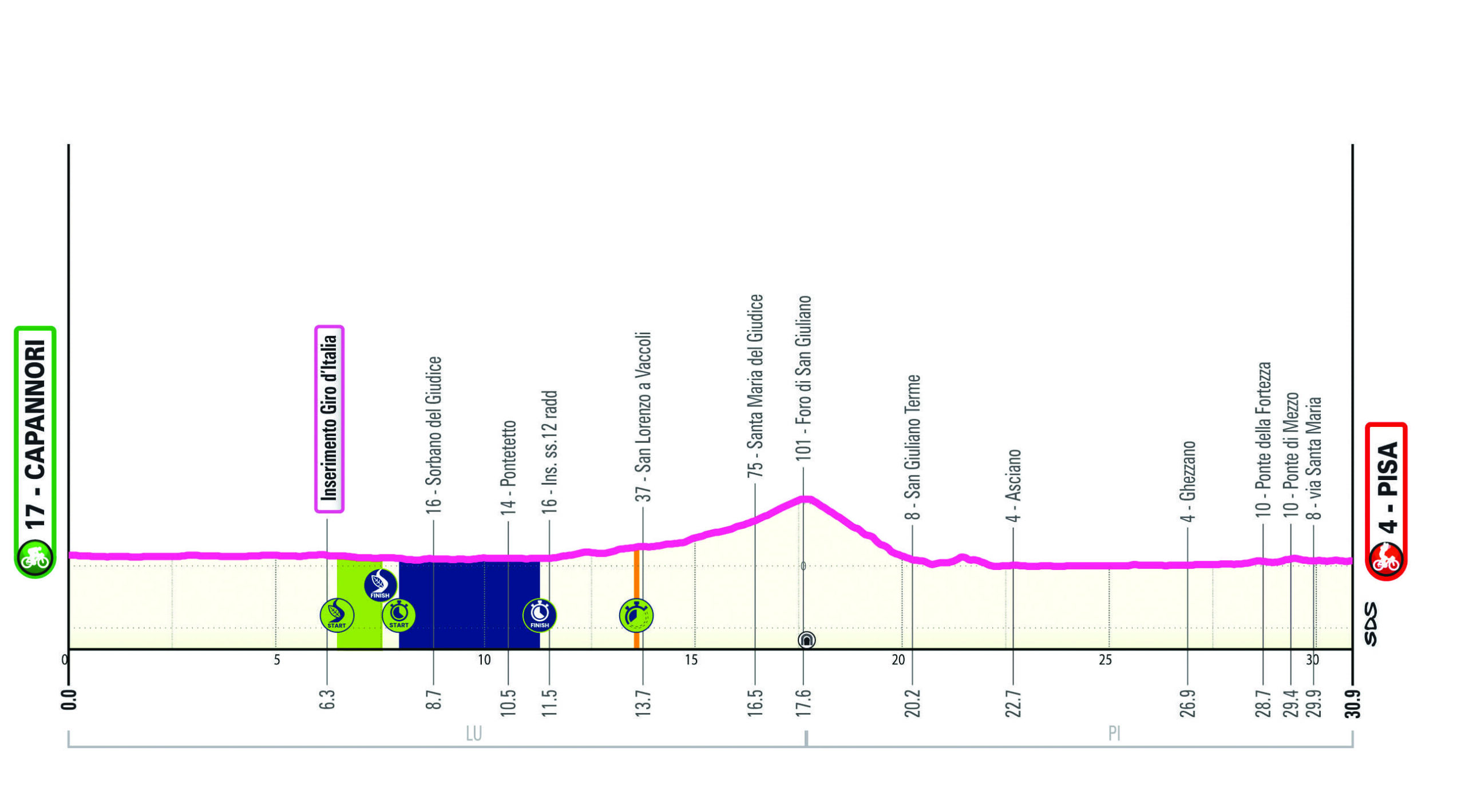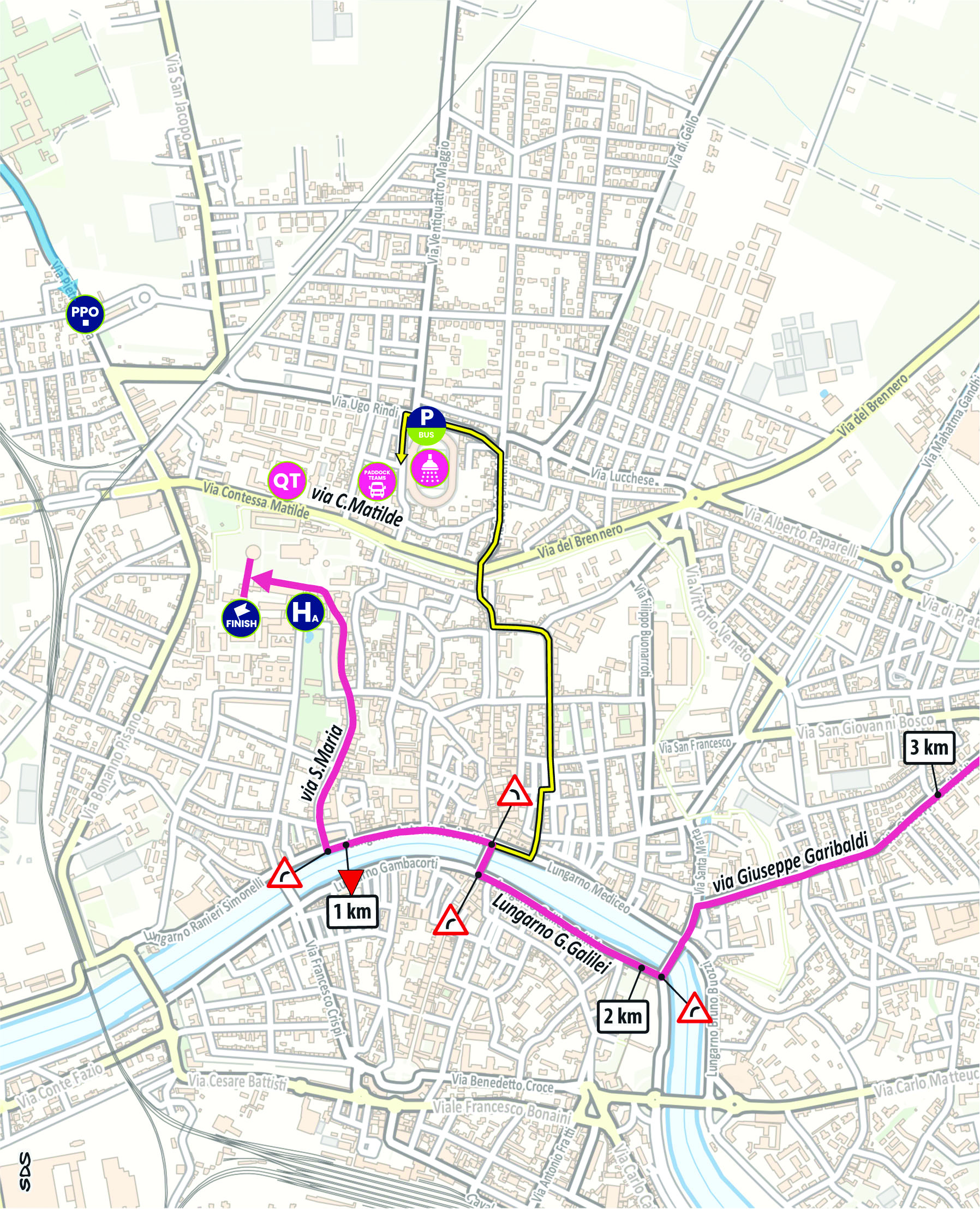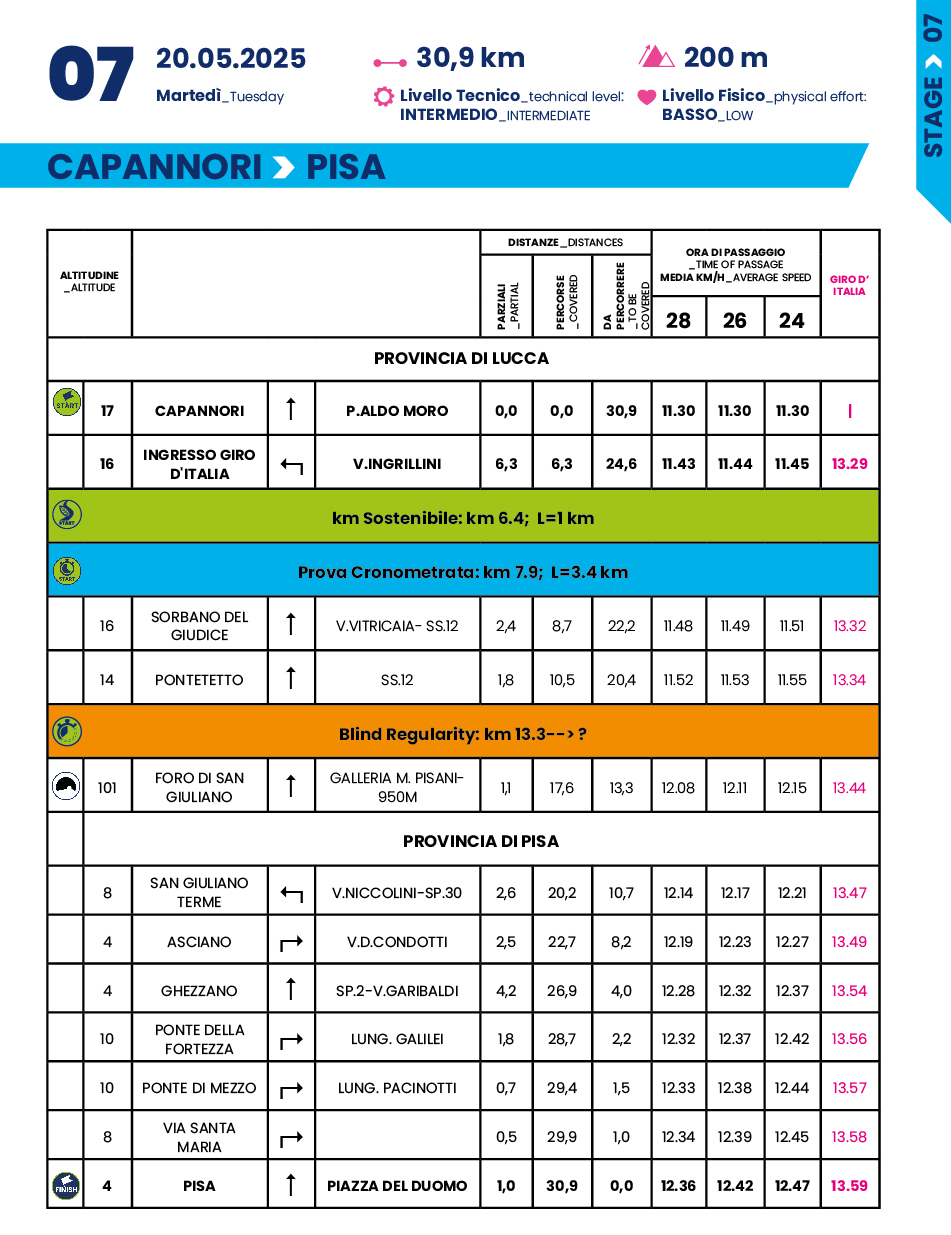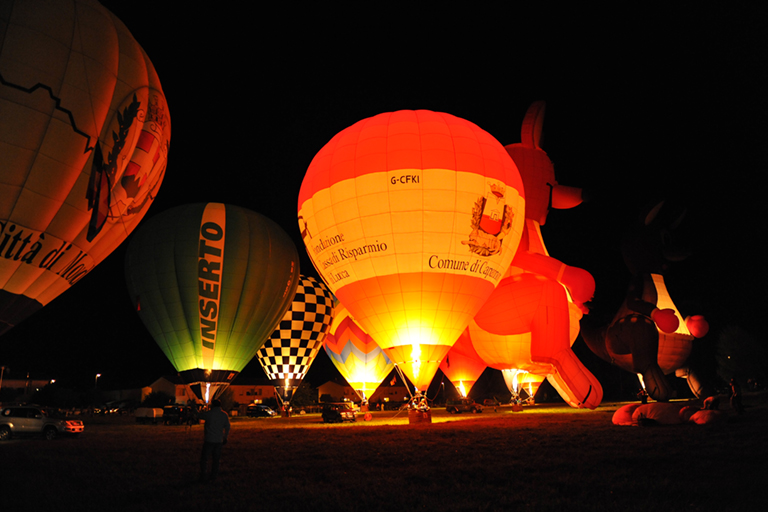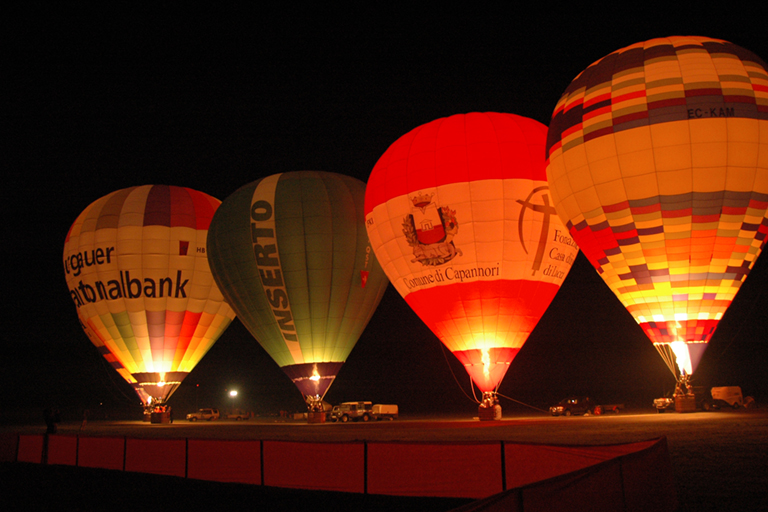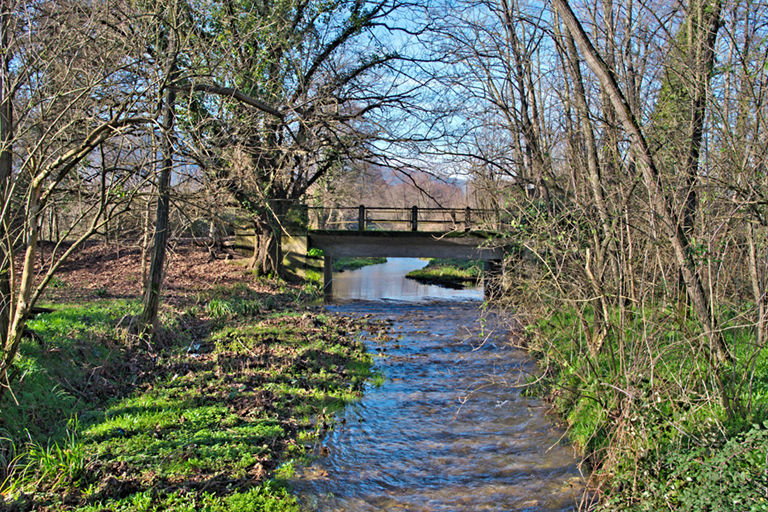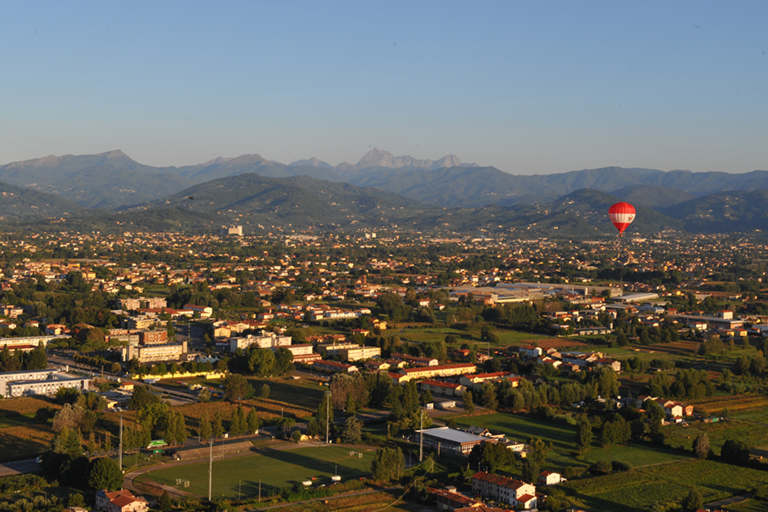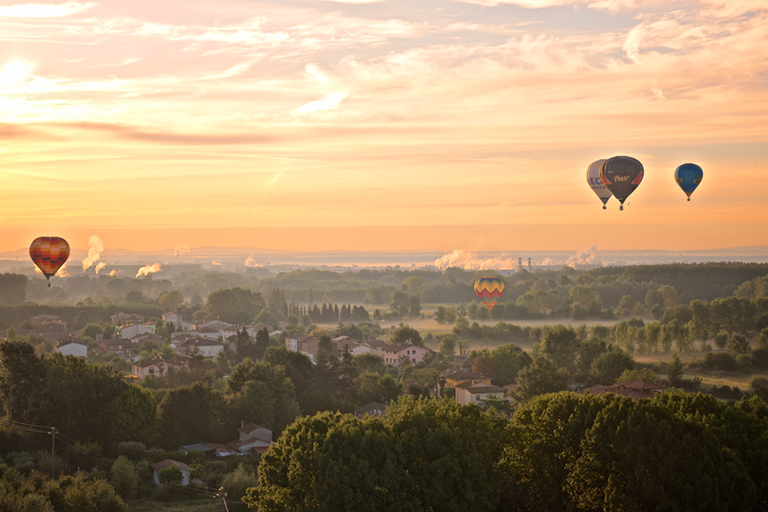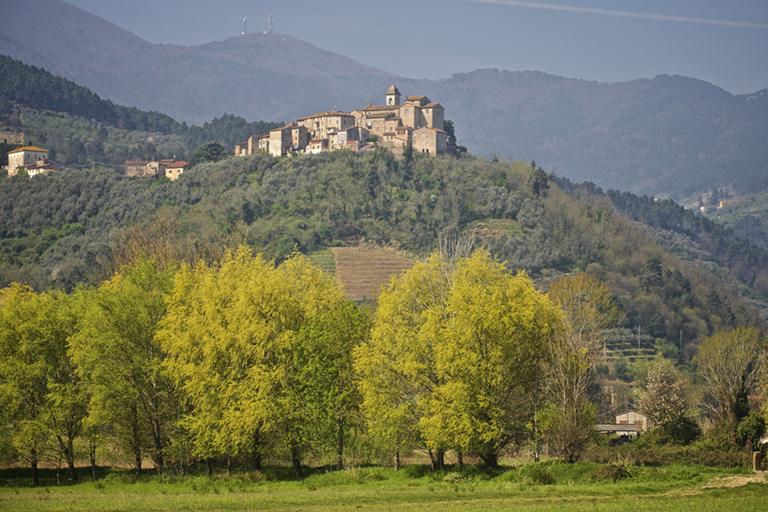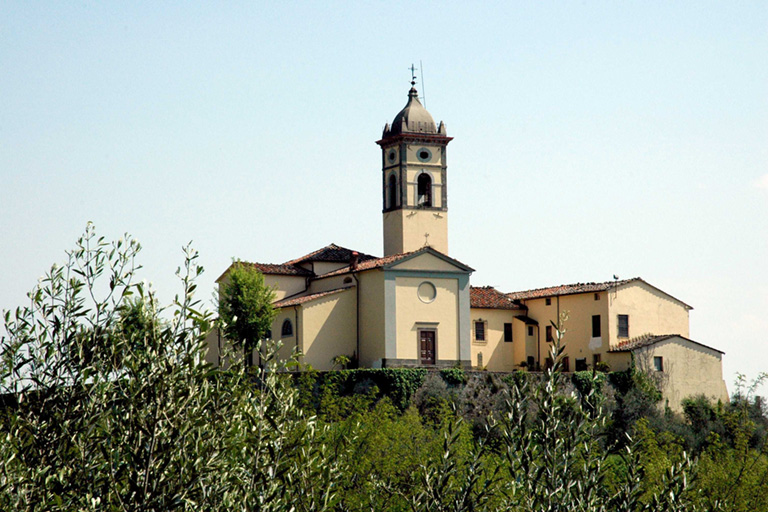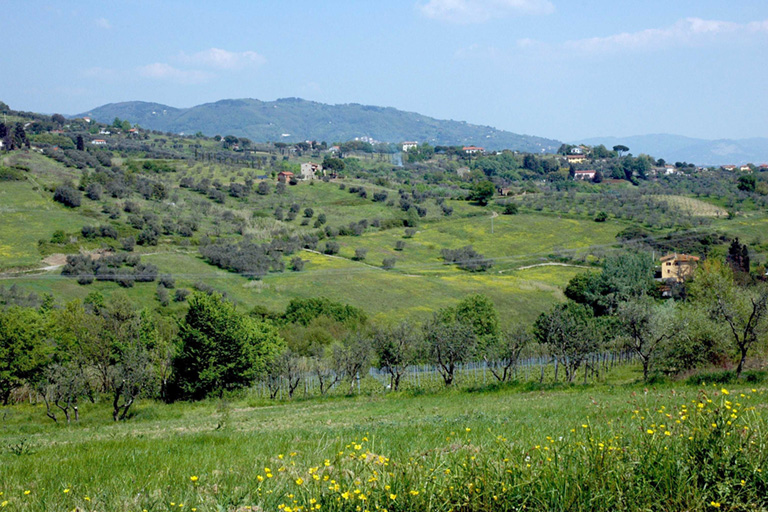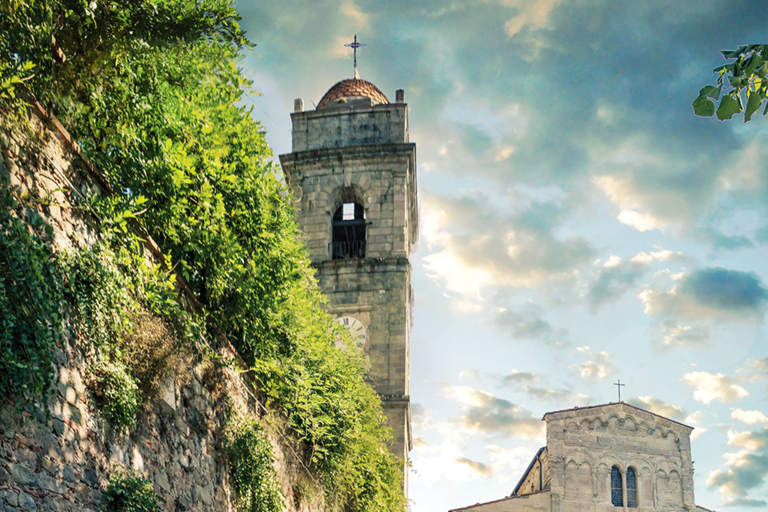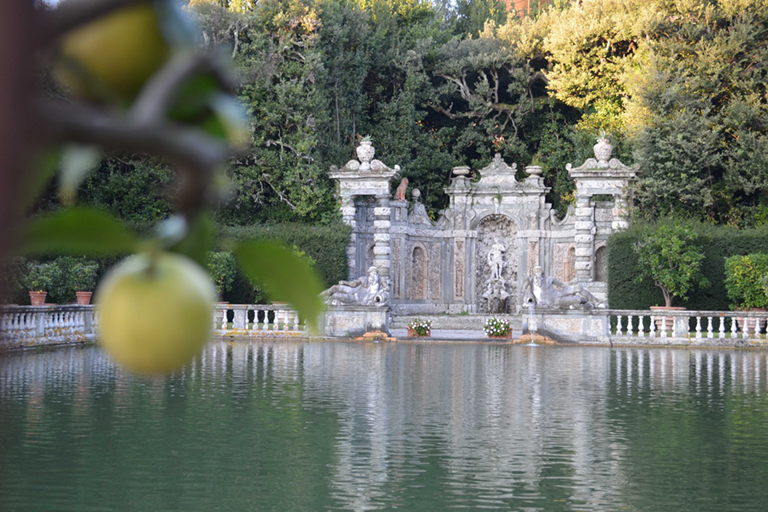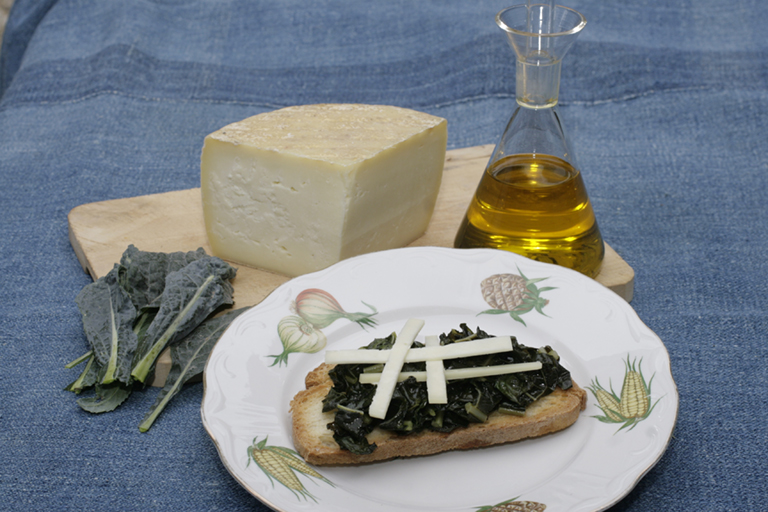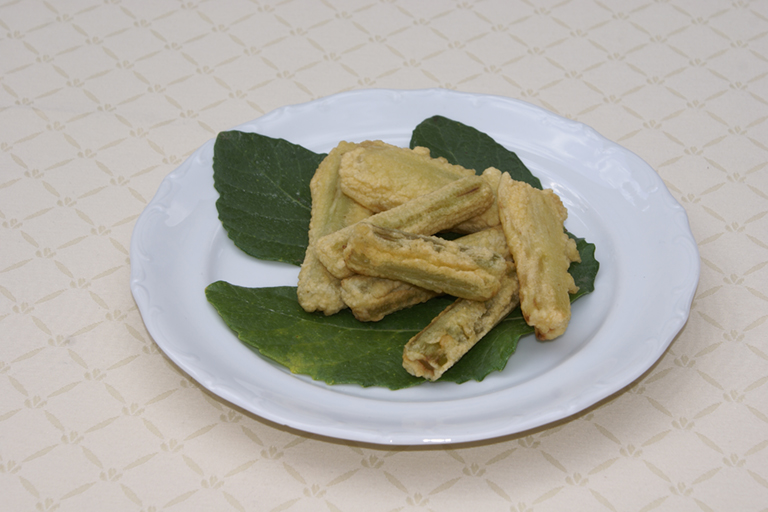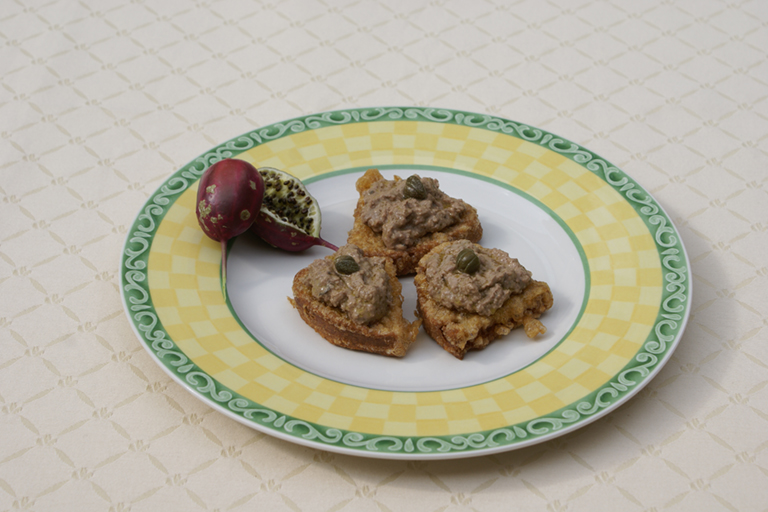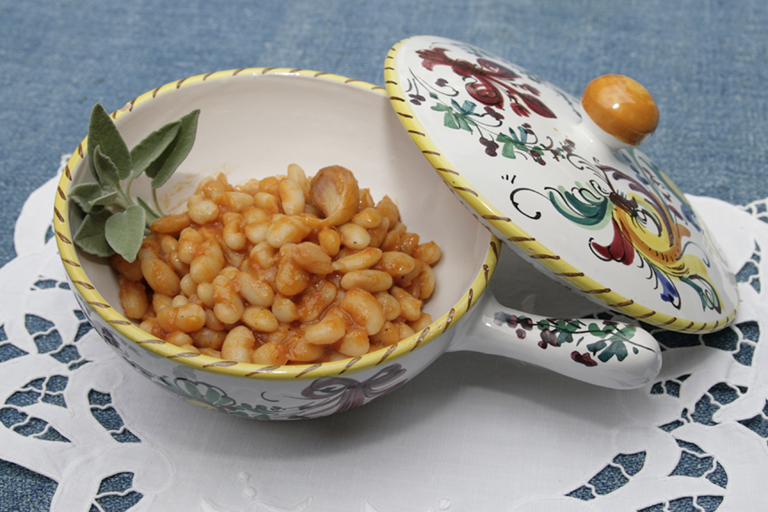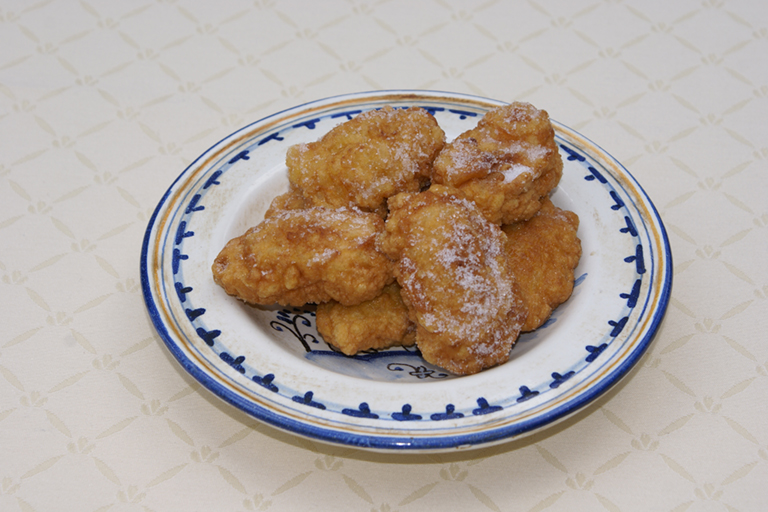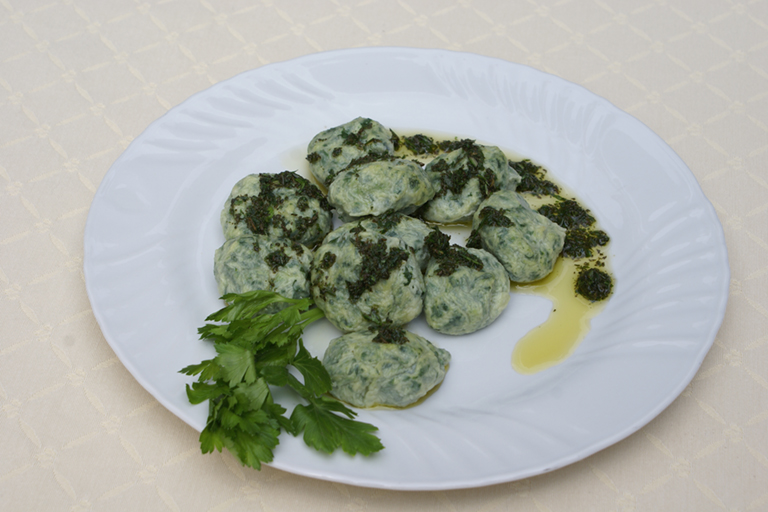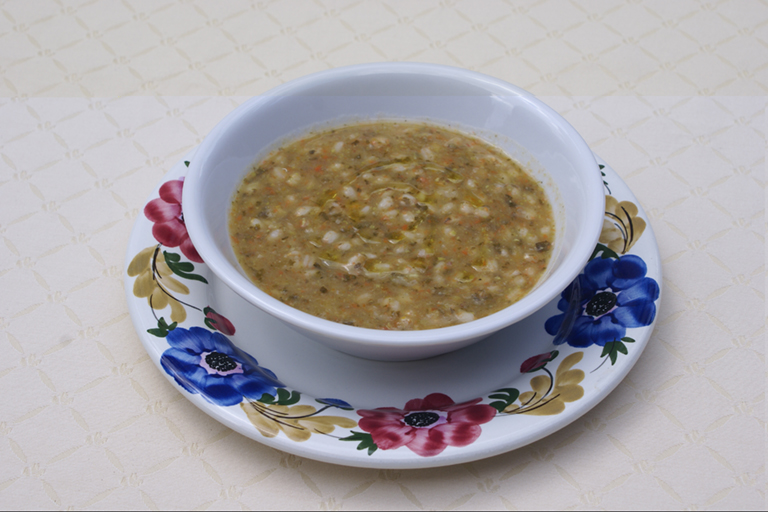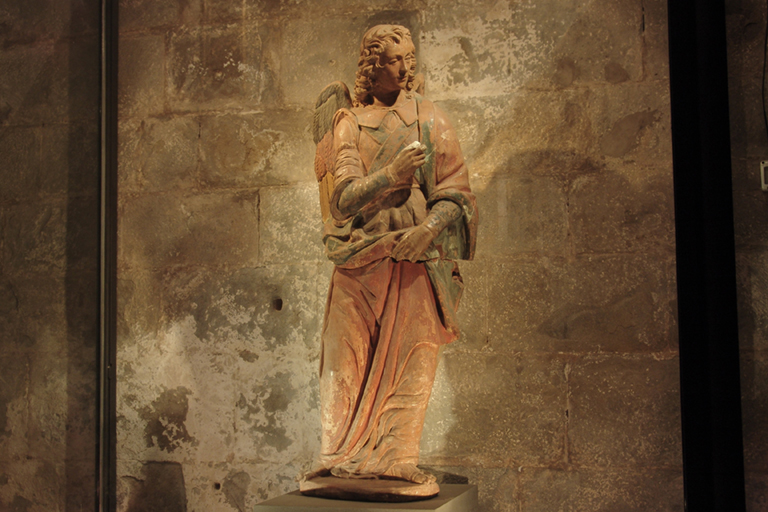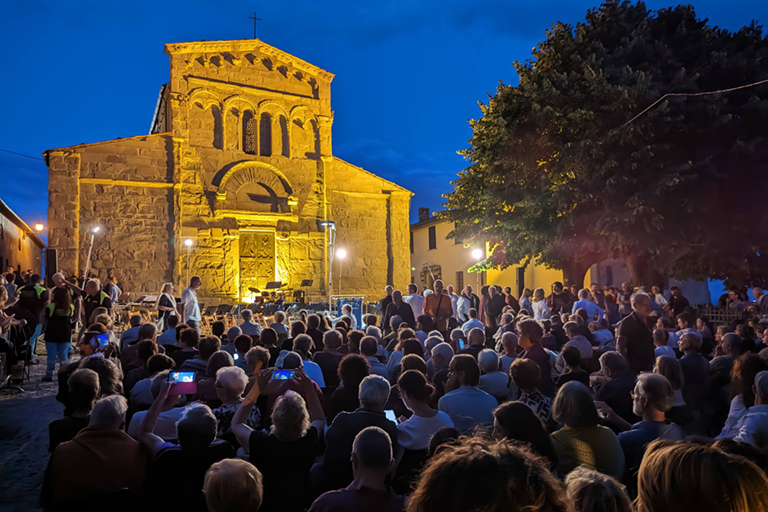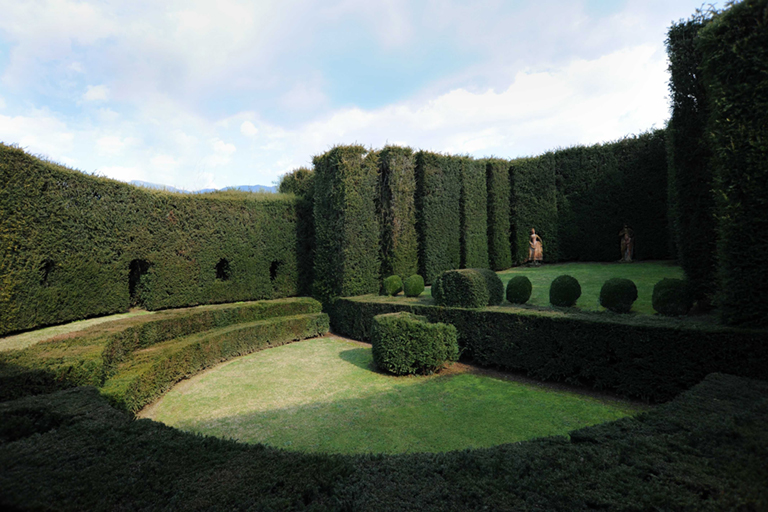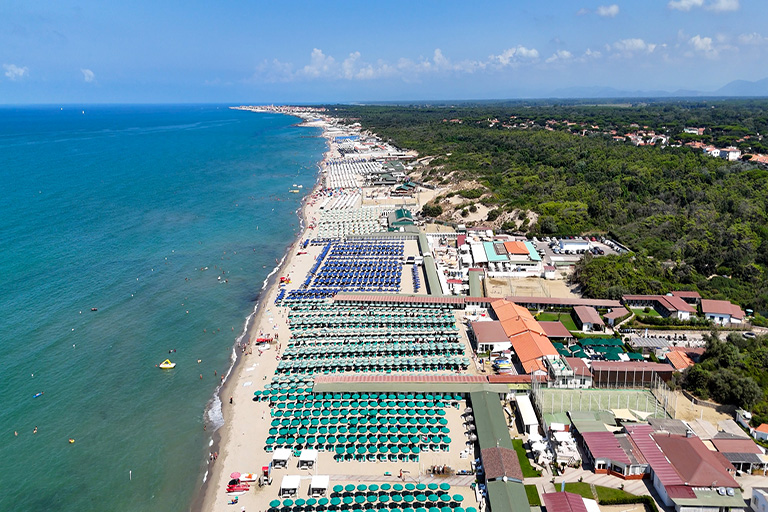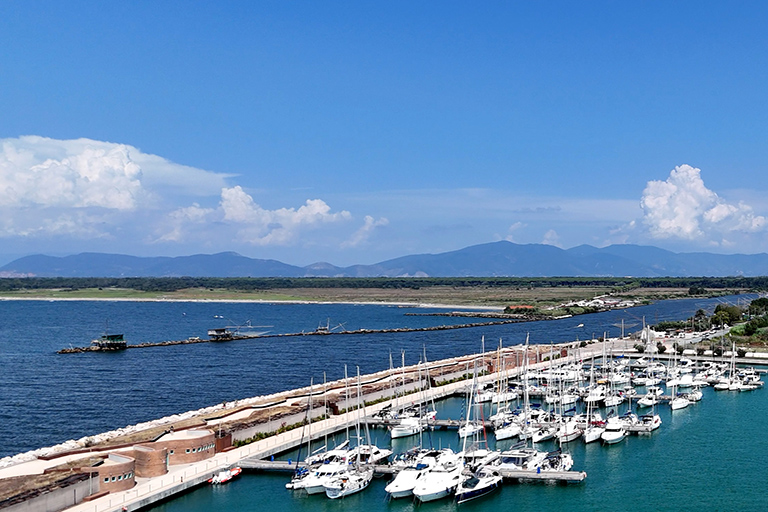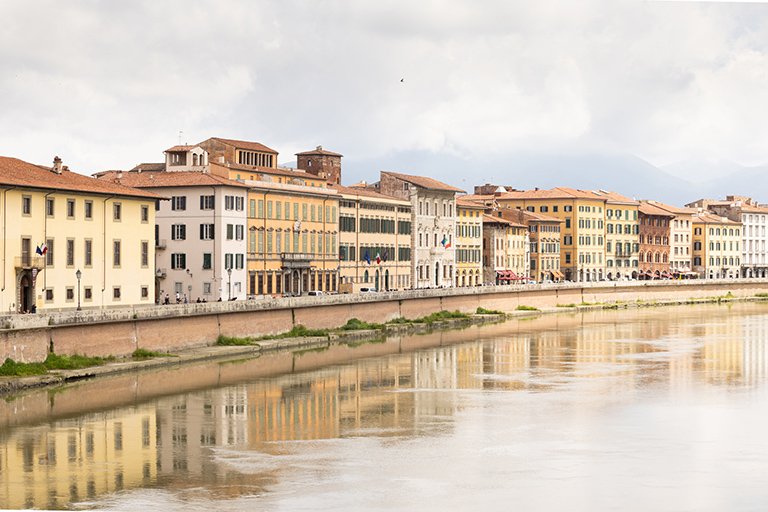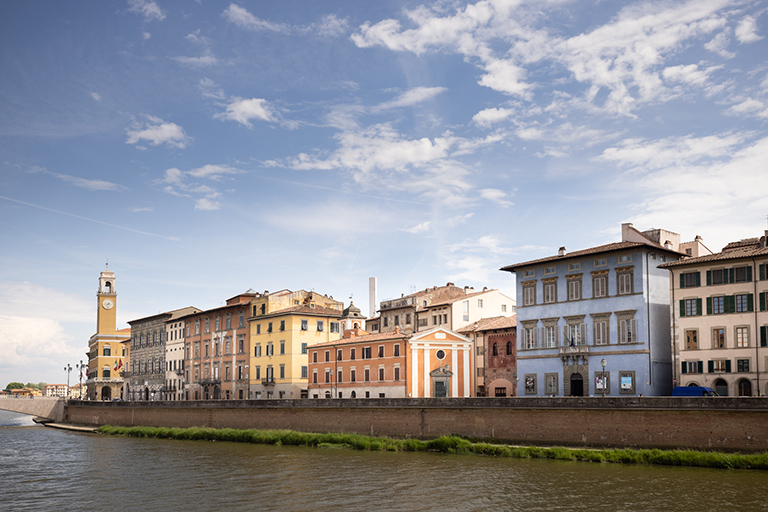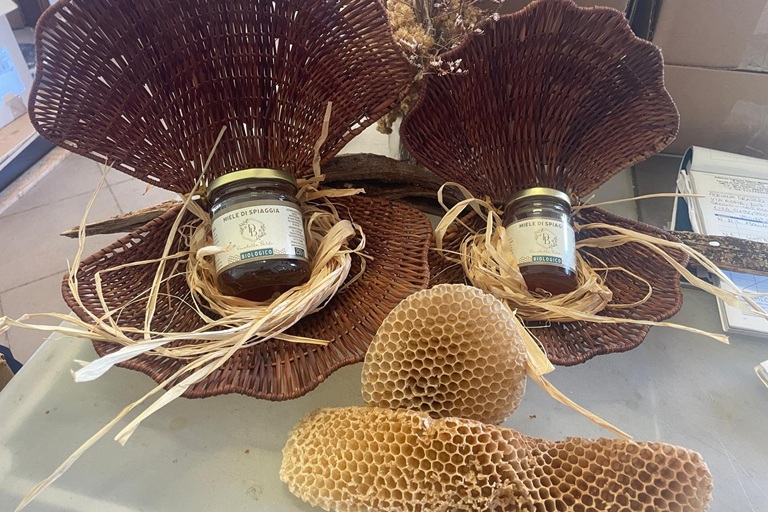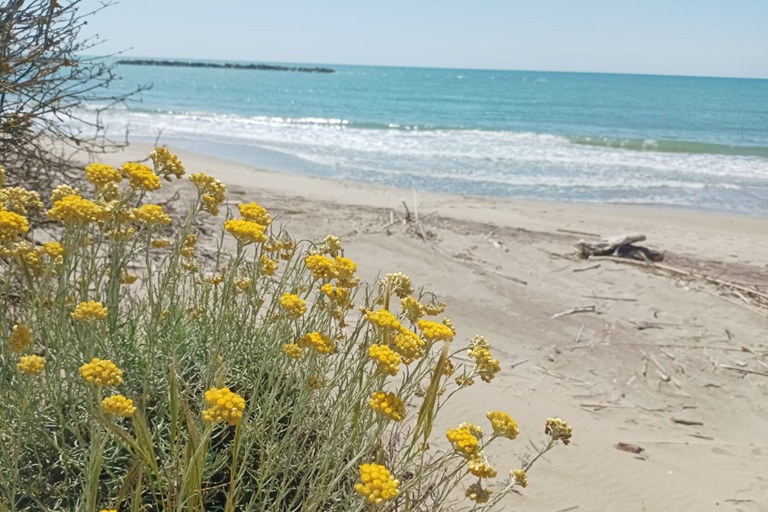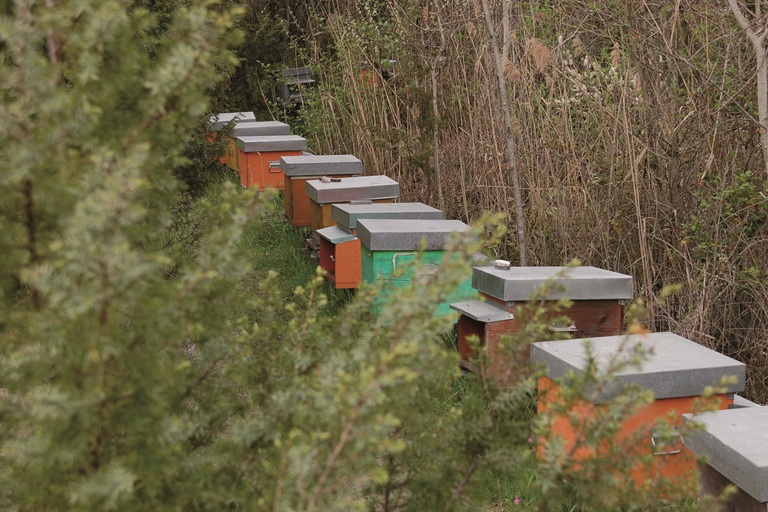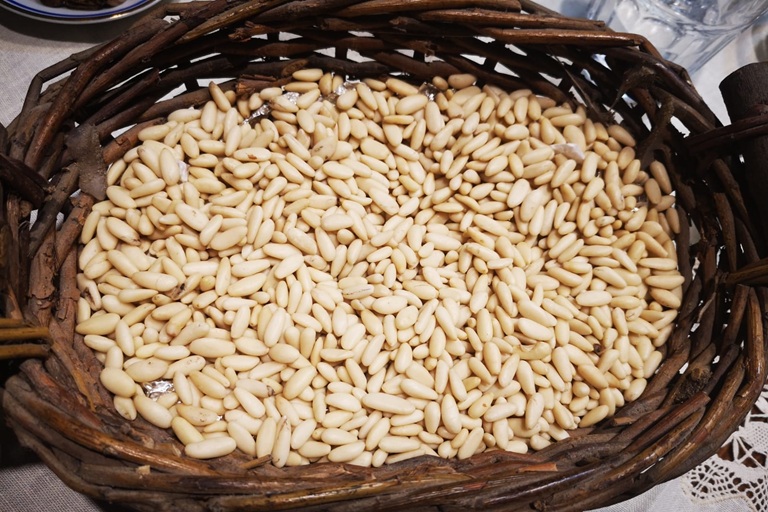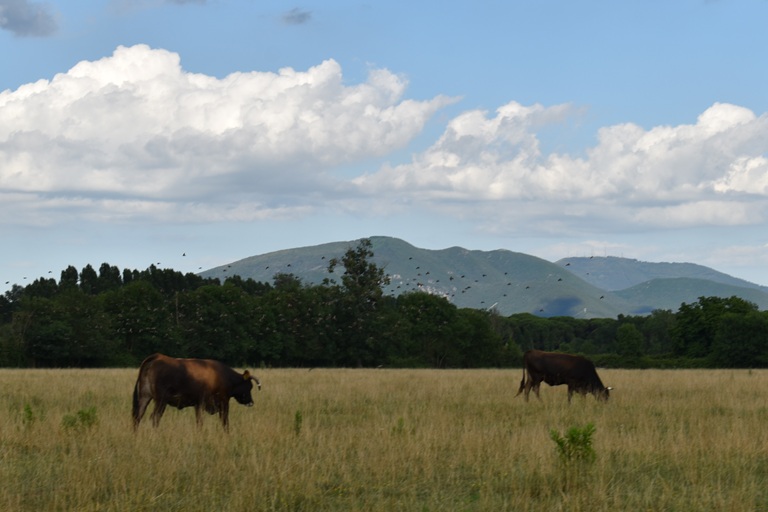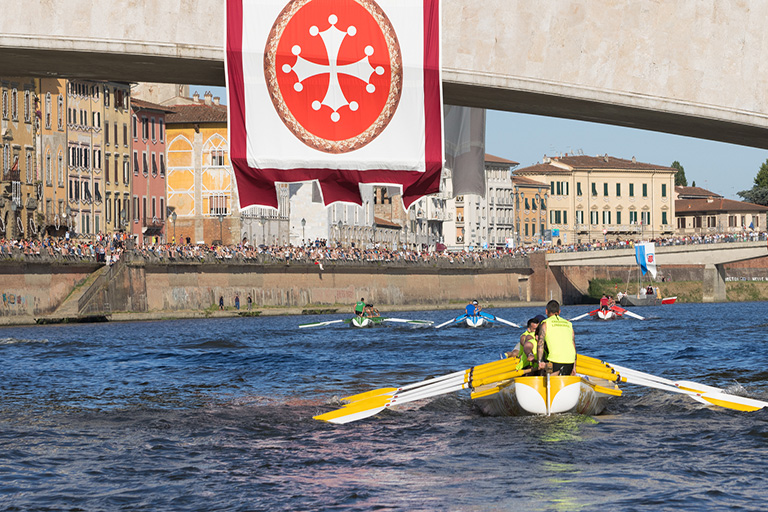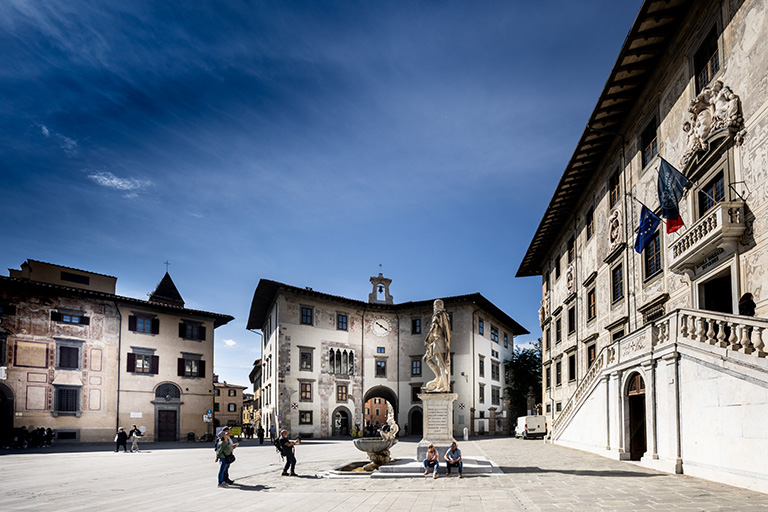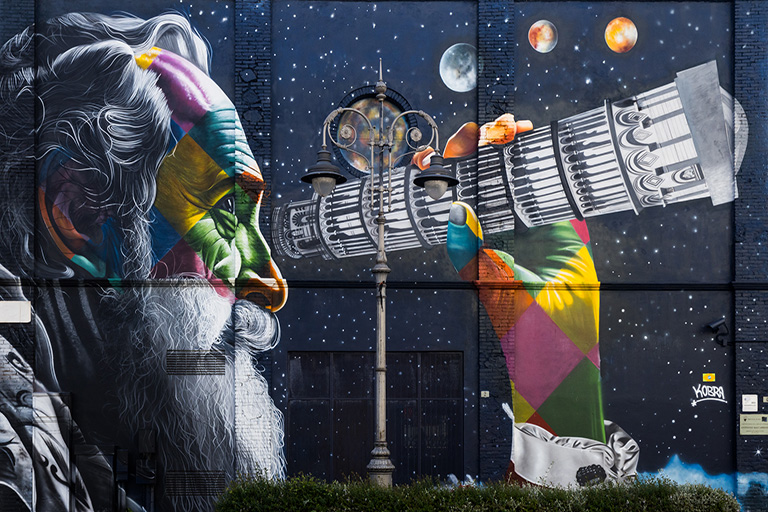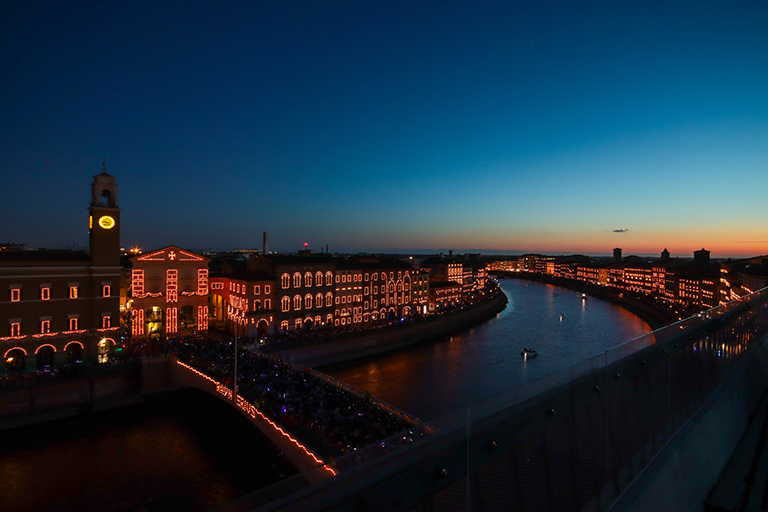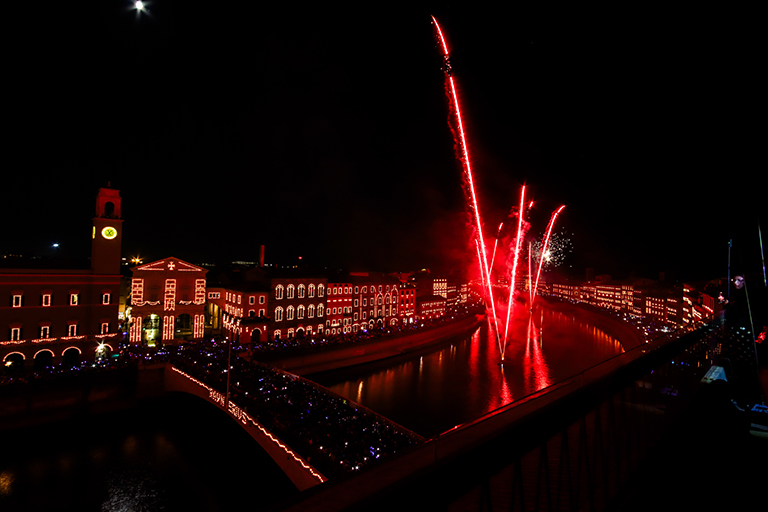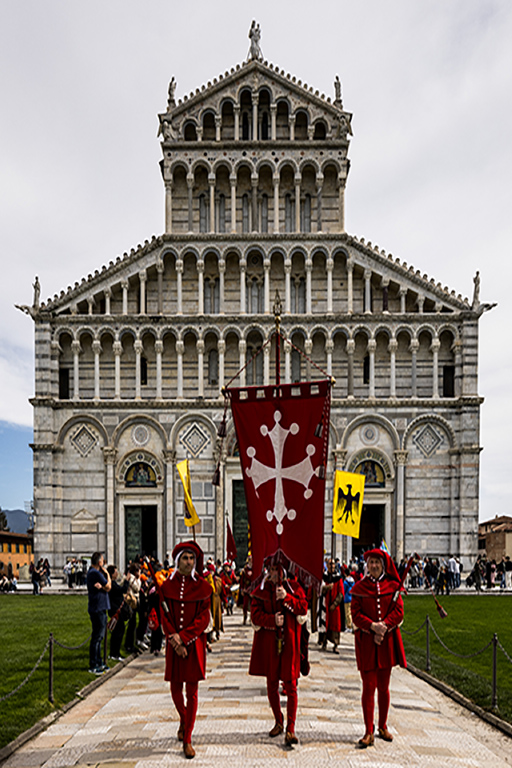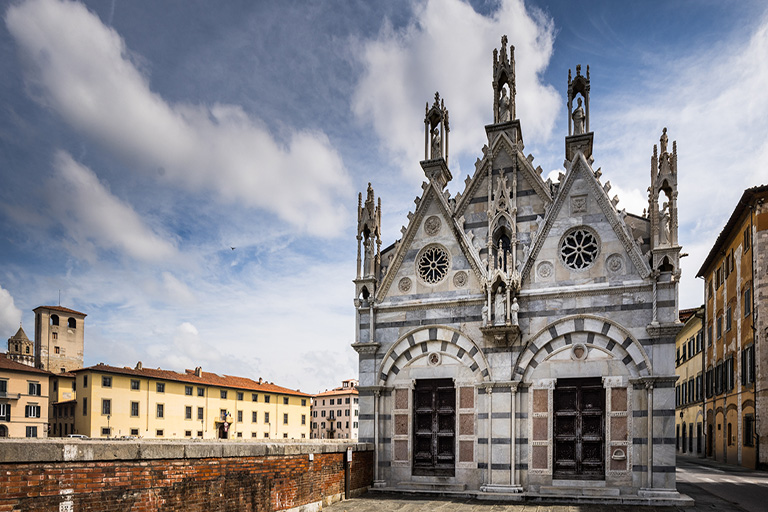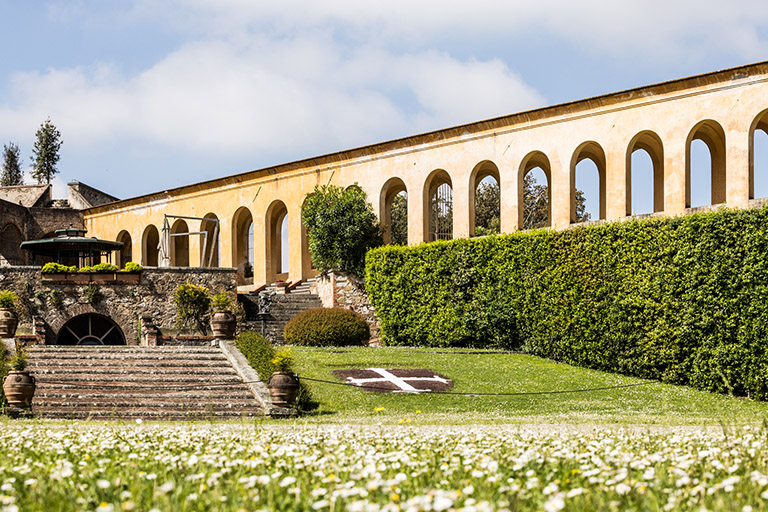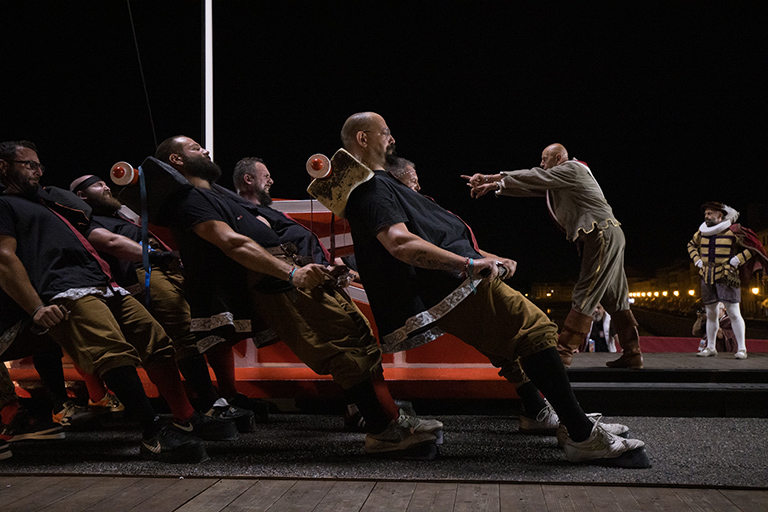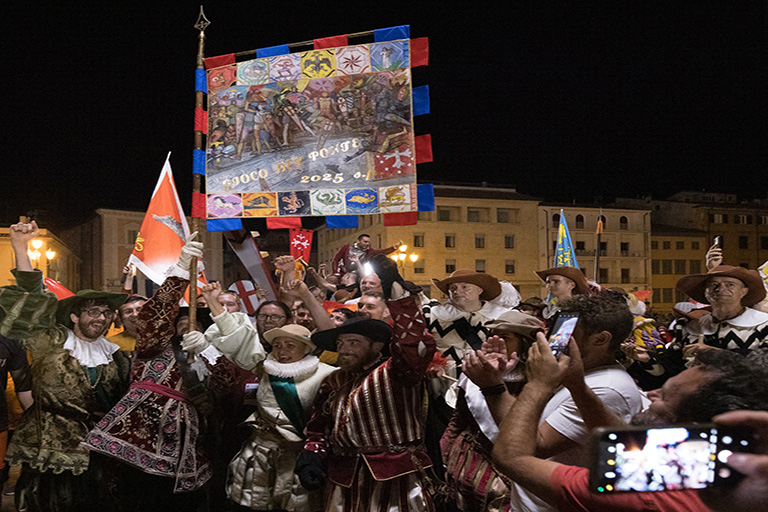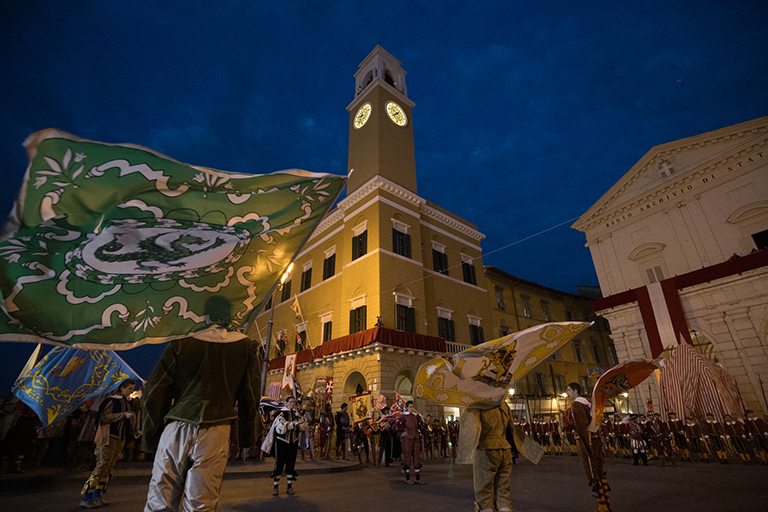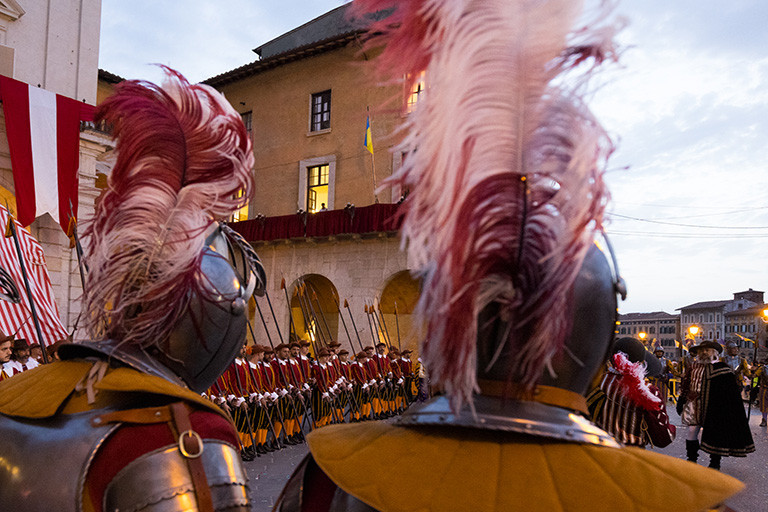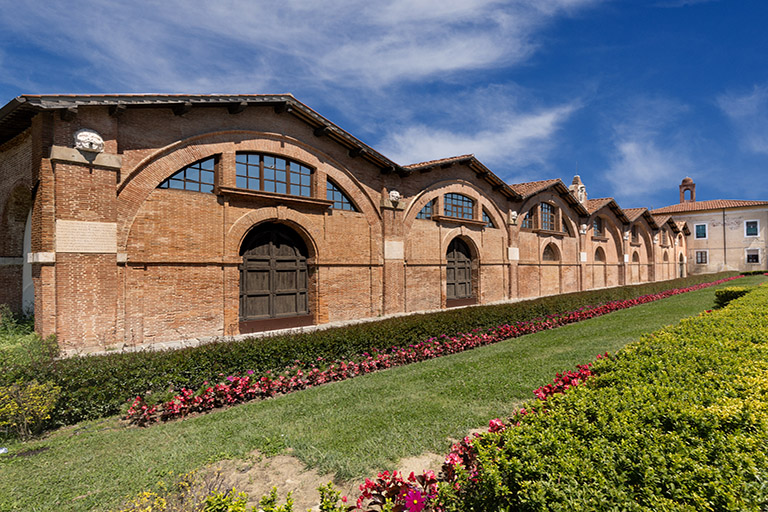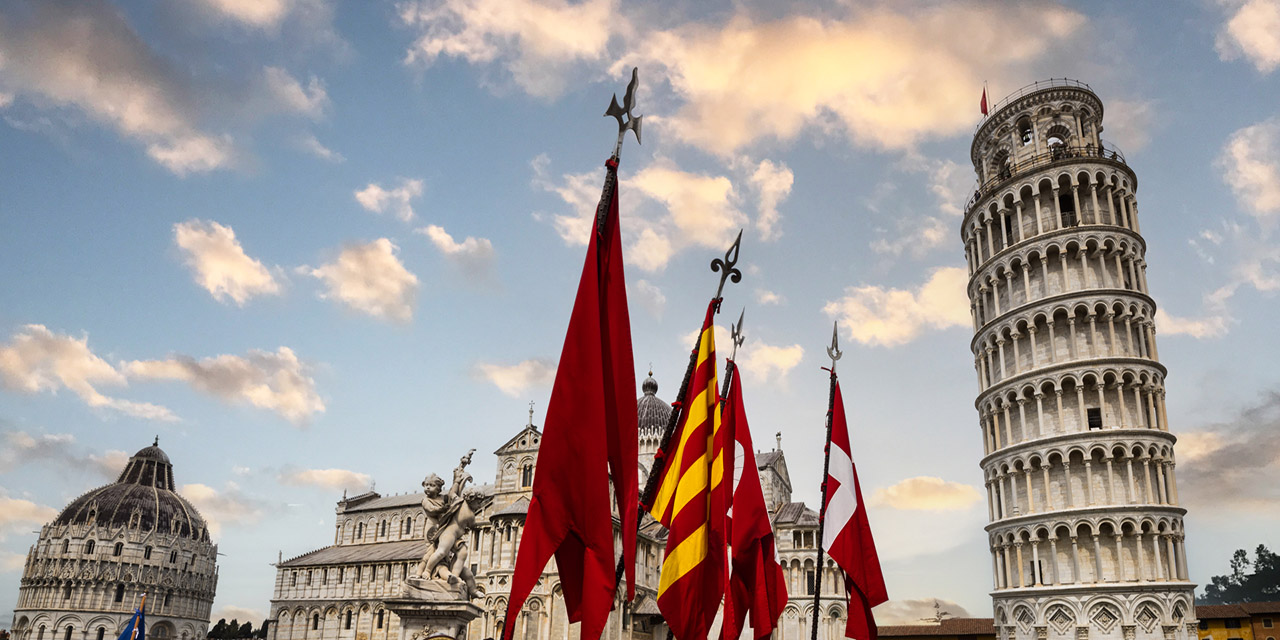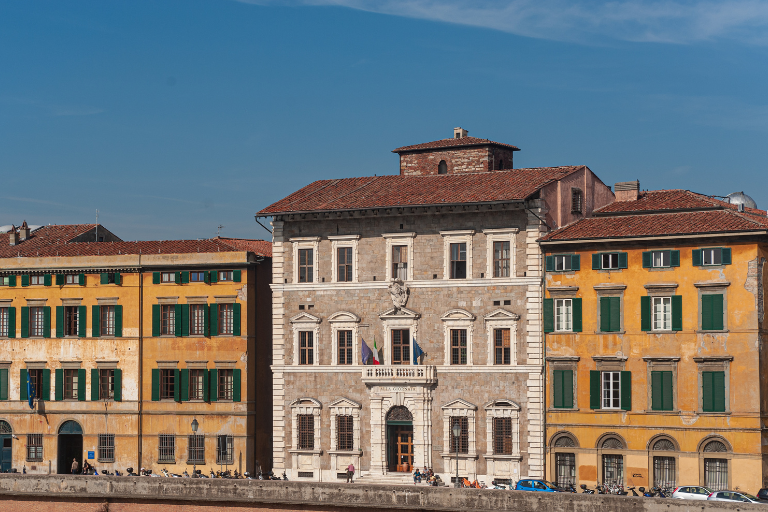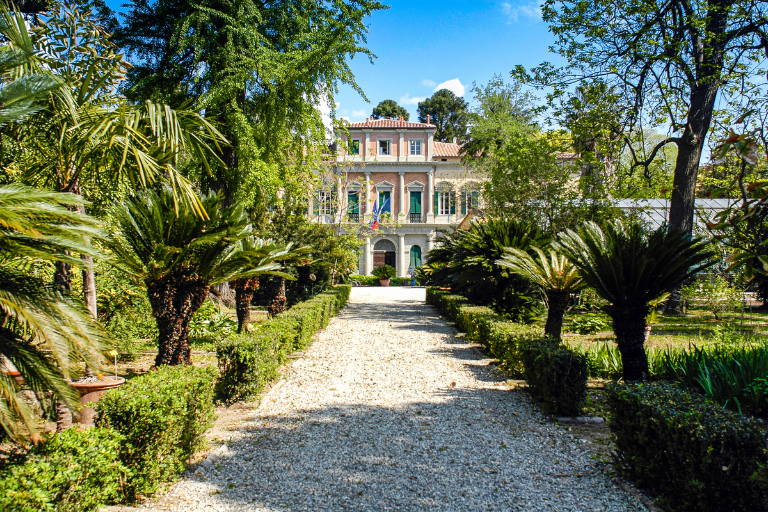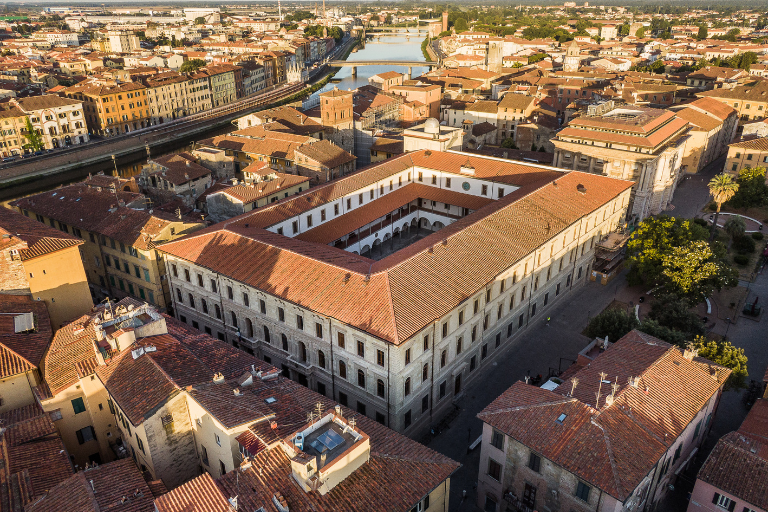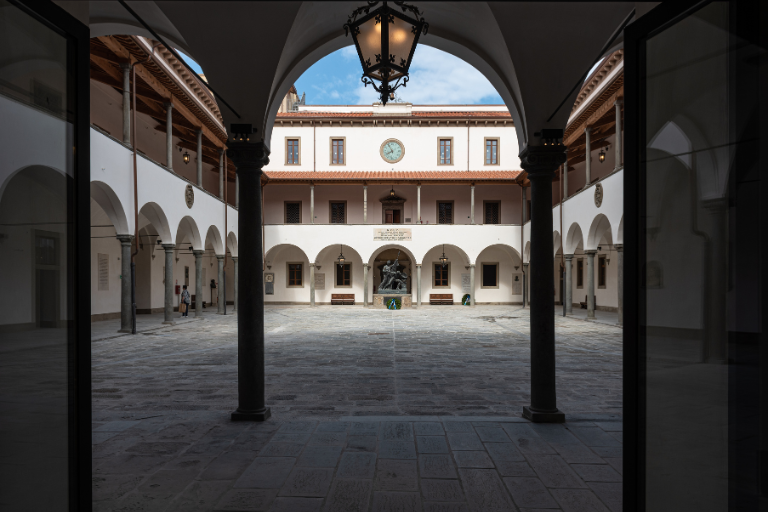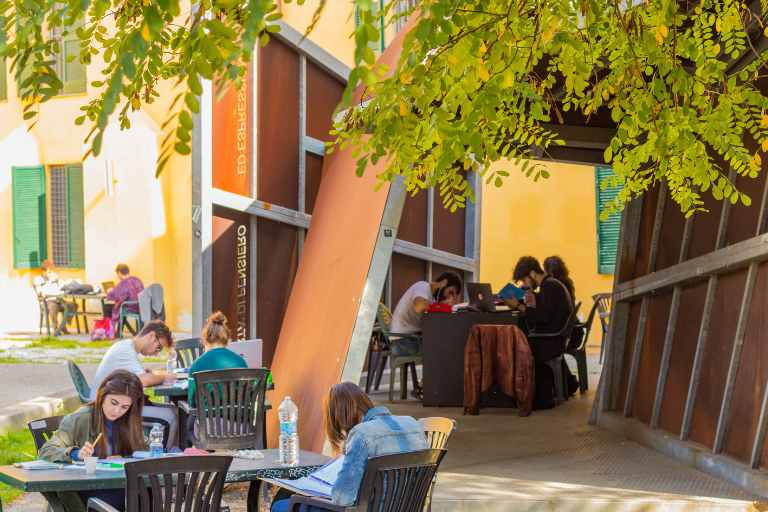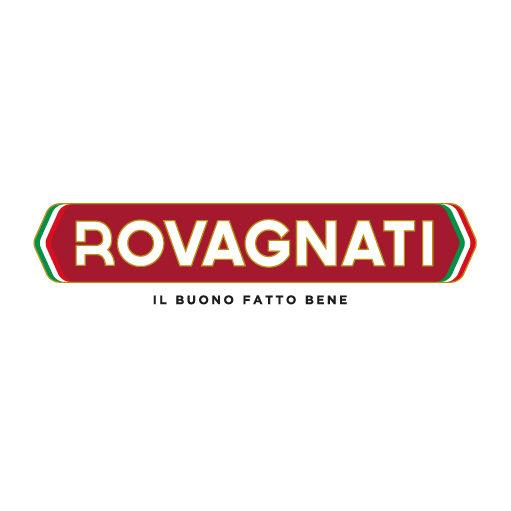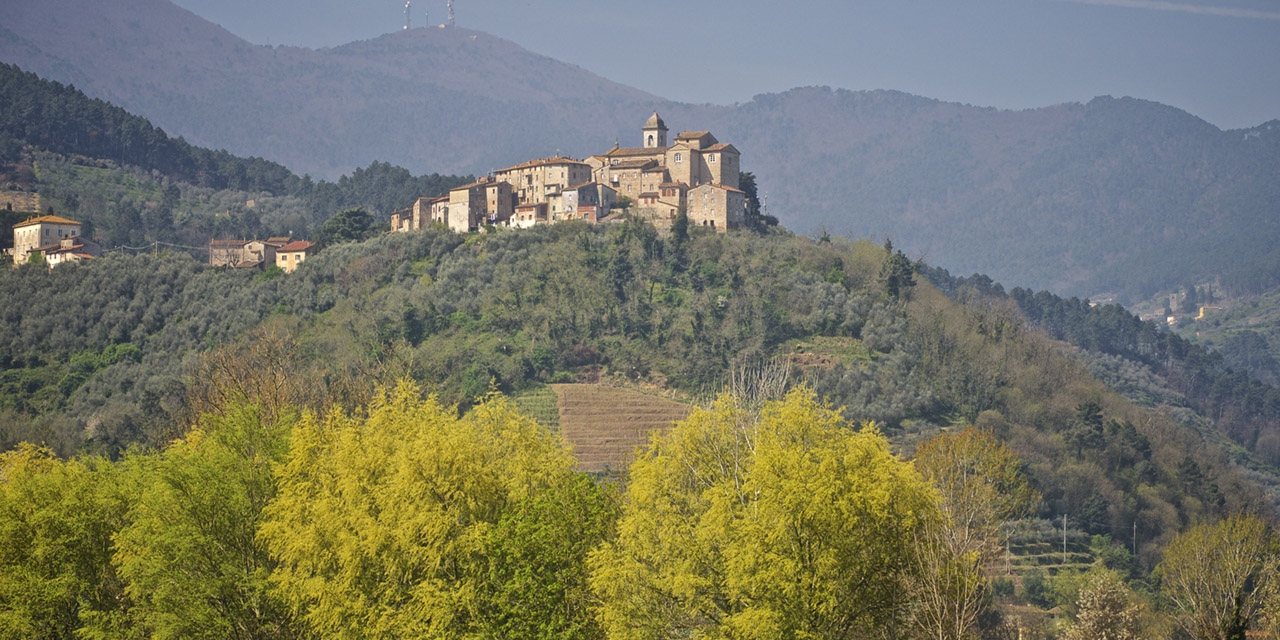
Tappa
7
Martedì 20
Maggio 2025
30,9 km
Dislivello 200 mt
Livello Tecnico: Base
Impegno Fisico: Basso

Capannori -
Pisa
Capannori - Pisa
info turistiche
Città di:
Capannori
Overview
Capannori has ancient origins dating back to the Lombard period. Its strategic location made it a thriving agricultural center and a contested stronghold between Pisa, Florence, and Lucca. Under Castruccio Castracani, the town gained significant importance. In 1673, it became the seat of the “Six Miles Commissariat,” a role it held until Napoleon’s arrival. During World War II, the area witnessed key events of resistance and deportation, now commemorated in a dedicated memory path.
Gastronomy
A true haven for food lovers, the area boasts specialties like San Ginese cannellini beans, canestrino tomatoes, local cheeses, aged goat and sheep cheeses, artisanal cured meats, meat-filled tordelli, tagliolini, frantoiana soup with wild herbs, and traditional “torte coi becchi” with greens or chocolate. The extra virgin olive oils DOP Lucca and IGP Toscano are local gems.
Wine and beverage
DOC Colline Lucchesi Rosso and Bianco, as well as IGT Toscana and Costa di Toscana wines, are the perfect match for the region’s cuisine.
Points of interest
Capannori is a paradise for sustainable tourism, rich in historical and natural treasures. Monumental villas such as Villa Mansi, Villa Reale, and Villa Torrigiani, stunning examples of Italian-style architecture and gardens, are must-sees. Ancient parish churches, the Borgo delle Camelie, the Lago della Gherardesca offer authentic experiences blending art, culture and nature.
Pisa
Panoramica
Home to the world-famous Leaning Tower, Pisa is an iconic Italian city with a rich heritage. The Piazza dei Miracoli, featuring the Cathedral, Baptistery, and Campo Santo, forms one of the most spectacular architectural ensembles in Italy. With its lively university atmosphere and picturesque Arno River views, Pisa seamlessly blends history and modern life.
Gastronomy
Among the most distinctive specialties is Mucco Pisano, a nearly extinct native cattle breed rediscovered for its tender and flavorful meat, used in succulent roasts and braised dishes. Cecìna, a thin chickpea flour flatbread baked in a wood-fired oven, is a beloved street food among the Pisans. Crispy on the outside and soft inside, it is enjoyed on its own or inside a crunchy sandwich, often accompanied by a glass of spuma bionda. Among desserts, the torta coi bischeri stands out, a traditional pie filled with chocolate, rice, raisins, pine nuts, and liquor-infused aromas, with its characteristic “bischeri” decoration, folded pastry points around the edges.
A unique product from the coastal area is spiaggia honey, collected from the nectar of wild plants growing on the dunes of Marina di Pisa and San Rossore. Delicate and aromatic, it pairs perfectly with local cheeses. Equally prized are the pine nuts from San Rossore, harvested from maritime pines in the namesake estate, offering a sweet and intense flavor that enhances both sweet and savory dishes.
Monti Pisani olive oil is a recognized excellence, with a fruity and slightly spicy taste, produced from centuries-old olive groves on sun-exposed hills caressed by sea breezes. It is perfect for dressing vegetables and bruschetta. Another local delicacy is the white truffle of San Miniato, known for its intense and refined aroma, featured in many Tuscan dishes such as truffle tagliolini and truffle-infused eggs.
Among the traditional dishes, bordatino alla pisana is a rustic soup made with corn flour, beans, and black cabbage, once considered a humble dish but rich in flavor. Spaghetti alle arselle celebrates the taste of the sea, featuring small, flavorful clams sautéed with garlic, olive oil, and parsley.
Salt cod with leeks and Pisa-style stockfish with potatoes are dishes of peasant origin, simple yet full of flavor, where dried fish is slowly cooked with generous amounts of leeks or potatoes, absorbing the flavors of the vegetables and local olive oil.
Wine and beverage
Pisa and the Terre di Pisa are among the most diverse territories in terms of climate and geology, making them ideal for experimenting with high-quality winemaking that blends tradition and innovation. The main grape variety is Sangiovese, either as a single varietal or blended with native grapes such as Syrah, Cabernet, and Tempranillo, the principal Spanish red grape introduced along the Via Francigena by pilgrims.
In 2011, the Terre di Pisa DOC was established, followed by the founding of the Terre di Pisa Wine Consortium in 2018 to protect and promote this appellation and serve as a catalyst for the enhancement of high-quality viticulture.
While red wines are the classic expression of the Pisan terroir, there are also notable white wines. The main grape varieties include Vermentino, Trebbiano Toscano, Malvasia, and Colombana, along with some international varieties. The best expressions are found in Bianco Pisano di San Torpè DOC and Tuscan IGT wines. The premier route for wine lovers is the Strada del Vino delle Colline Pisane.
Pisa is also home to an innovative craft beer industry, where breweries use geothermal steam as a sustainable energy source. The result is a diverse selection of craft beers created through meticulous research and selection of high-quality raw ingredients. Some breweries offer chestnut-flavored beers made with locally sourced ingredients, while others produce unpasteurized, top-fermented beers, perfect for pairing with typical products from local farms.
Another notable product is Vin Santo, a historic Tuscan dessert wine made from carefully selected Trebbiano, Malvasia, and Colombana grapes, either alone or blended. These grapes are left to dry for three months on racks before being pressed to extract a dense, sweet juice that is then aged for at least five years in small oak barrels known as caratelli.
Vin Santo ranges in color from golden to amber, with an intense, ethereal aroma featuring hints of honey, walnuts, and raisins. It can be dry, slightly sweet, or rich and rounded. A rare variety is Vin Santo Occhio di Pernice, made from red grapes. One theory behind its name suggests that it was historically used during Mass. Today, it is a prized dessert wine, best enjoyed with cheeses or the classic Tuscan almond biscotti known as cantuccini. The Terre di Pisa region produces the Vin Santo San Torpè DOC.
Points of interest
Piazza del Duomo, also known as Piazza dei Miracoli, is the historical and artistic heart of the city, recognized as a UNESCO World Heritage Site. It houses four masterpieces of Pisan Romanesque art: the Cathedral of Santa Maria Assunta, with its majestic white and gray marble façade; the Baptistery of San Giovanni, the largest in Italy, renowned for its extraordinary acoustics; the Camposanto Monumentale, an ancient cemetery rich in medieval frescoes; and, of course, the world-famous Leaning Tower, the cathedral’s bell tower, which has captivated visitors for centuries with its unique tilt.
The Lungarni are another must-see attraction. The banks of the Arno River, which flows through the city, offer romantic views and picturesque scenery, especially at sunset. A walk along Lungarno Mediceo and Lungarno Pacinotti reveals elegant Renaissance palaces, historic churches such as Santa Maria della Spina—a Gothic jewel overlooking the river—and lively cafés frequented by students and locals.
The Pisan coastline boasts kilometers of sandy beaches stretching from Marina di Pisa to Tirrenia and Calambrone, ideal for sunbathing or strolling along the seafront. The coast features a mix of well-equipped beach resorts and unspoiled stretches of free beach surrounded by fragrant pine forests and crystal-clear waters.
A short distance from the city center lies the San Rossore Park, a protected natural area extending to the sea, offering breathtaking landscapes of ancient pine forests, sandy dunes, and wetlands inhabited by diverse wildlife. Visitors can explore the park on foot, by bike, or on horseback, or join guided tours to learn about its rich biodiversity.
Finally, Piazza dei Cavalieri is one of Pisa’s most captivating squares, once the political center of the medieval city. Redesigned during the Renaissance by Giorgio Vasari under the commission of the Medici, the square became the headquarters of the Order of the Knights of Saint Stephen. Today, it is home to the prestigious Scuola Normale Superiore, one of Italy’s top universities, and the Palazzo della Carovana, adorned with intricate façade decorations.


